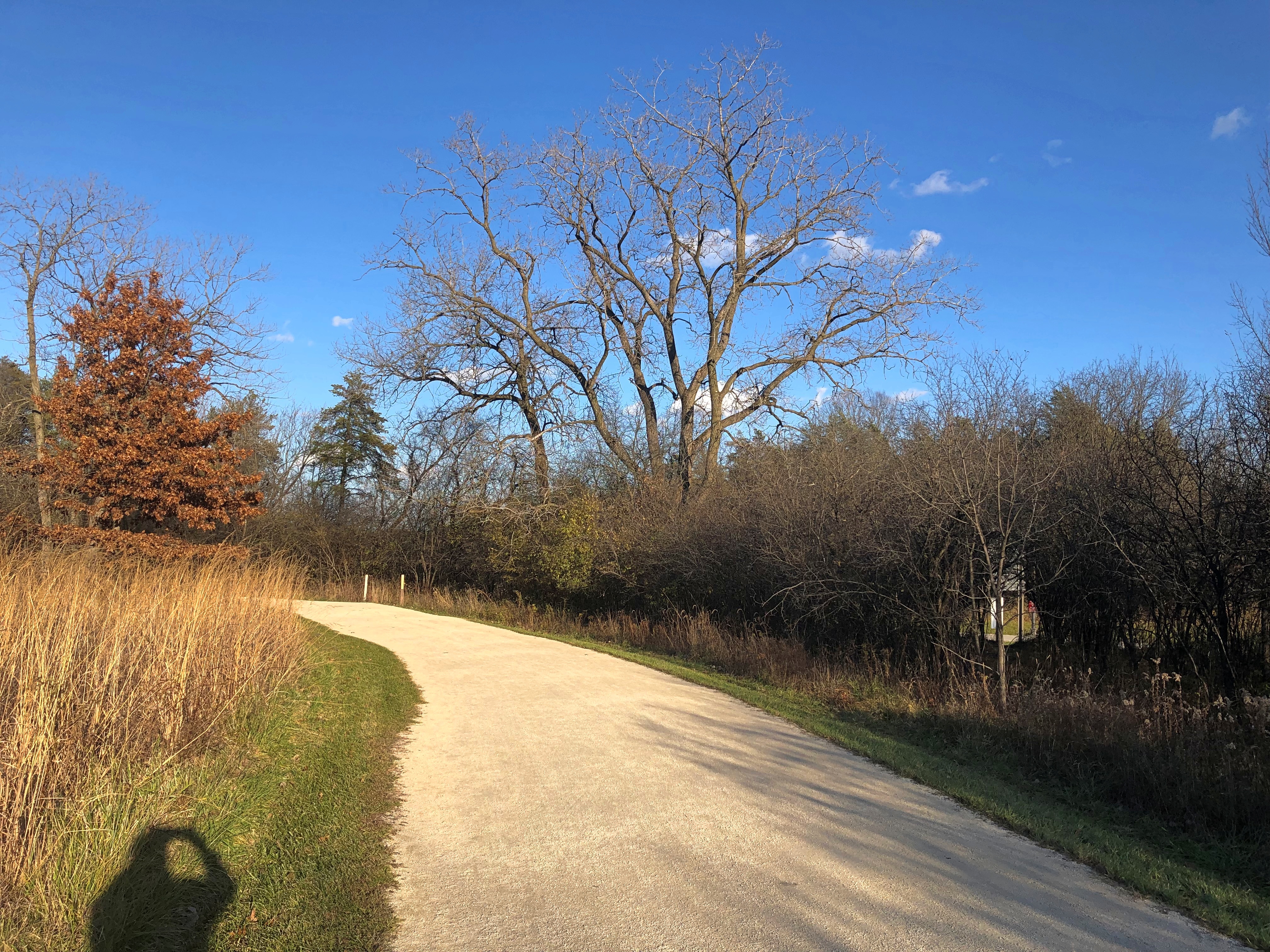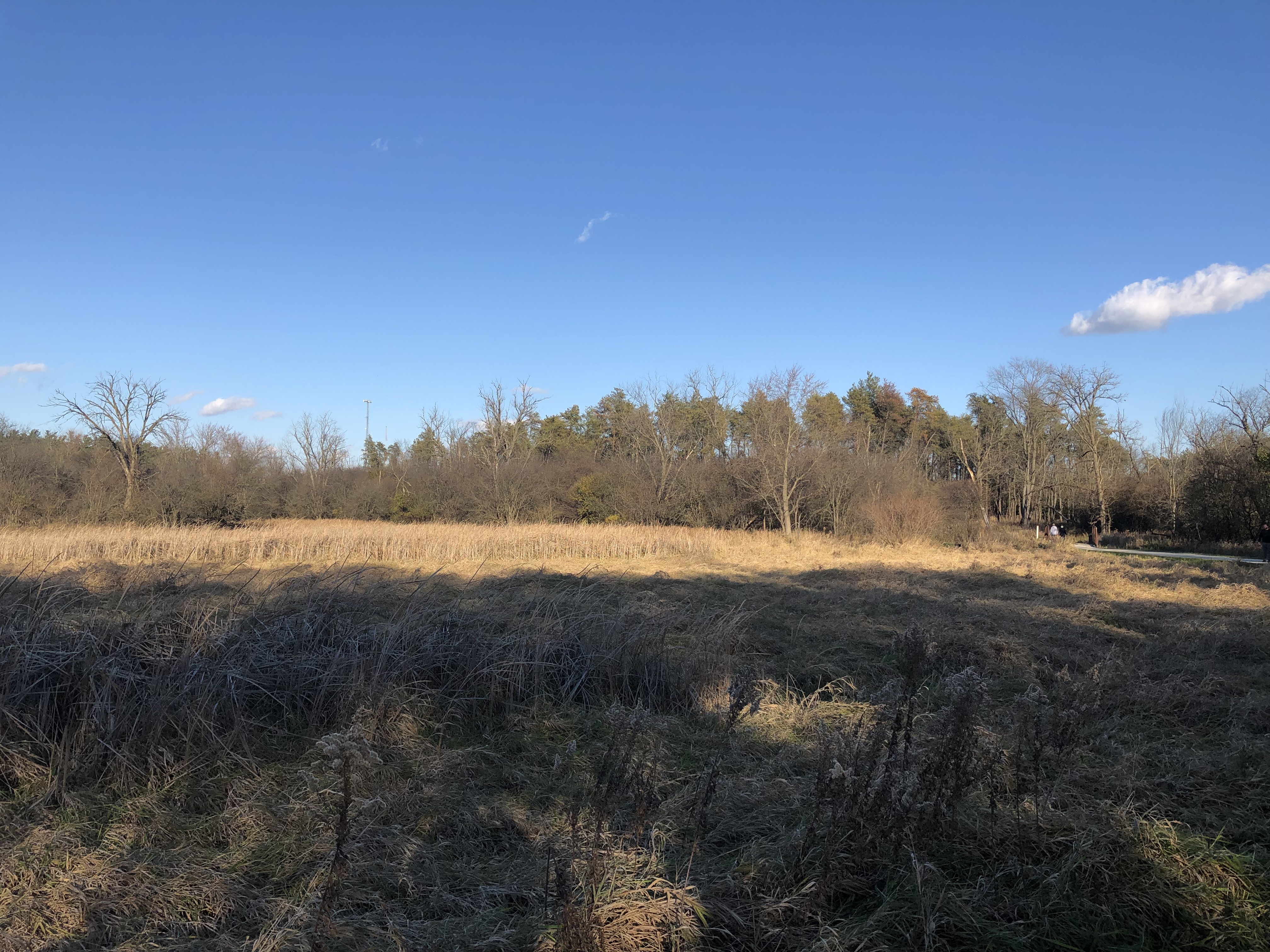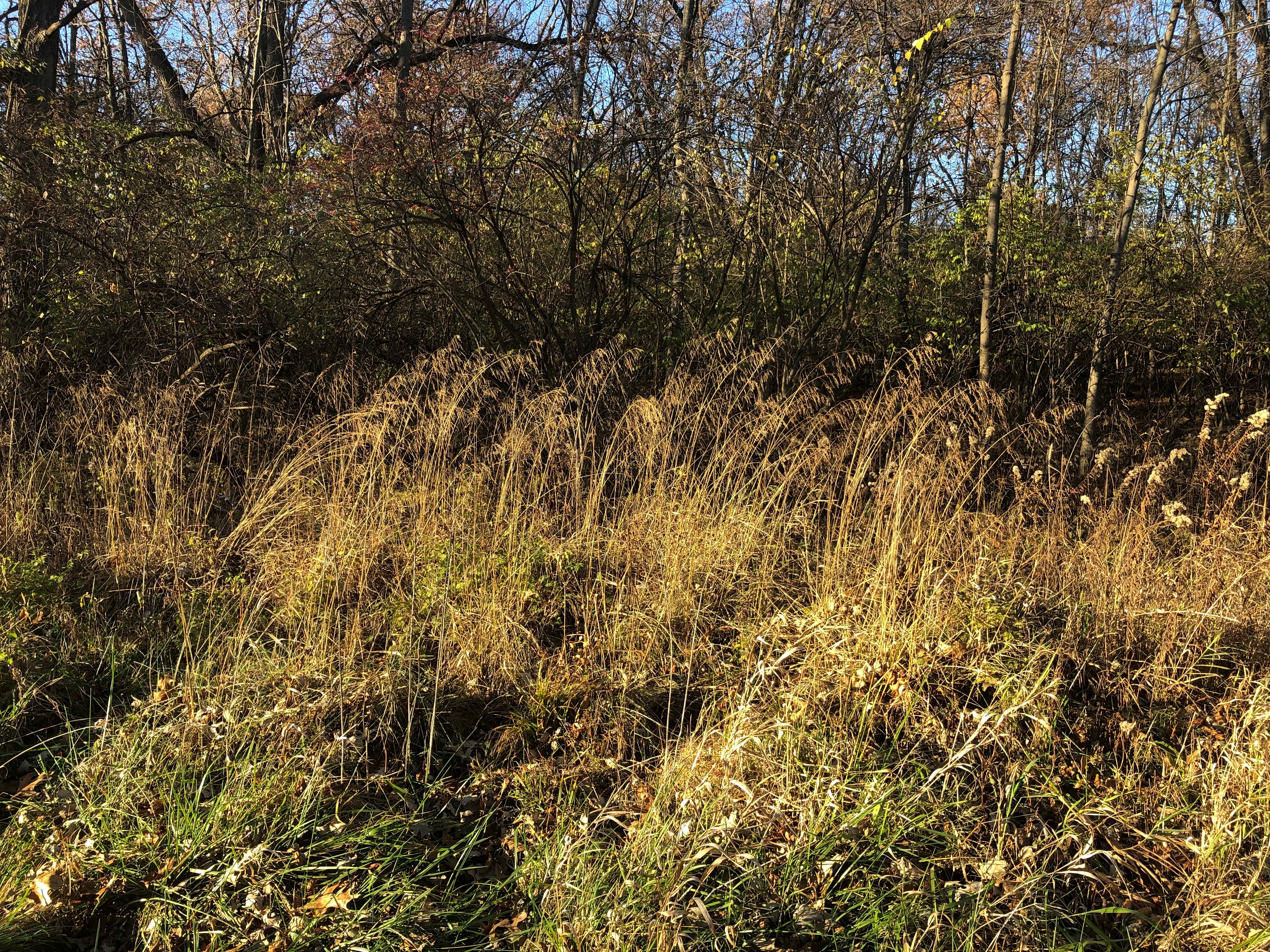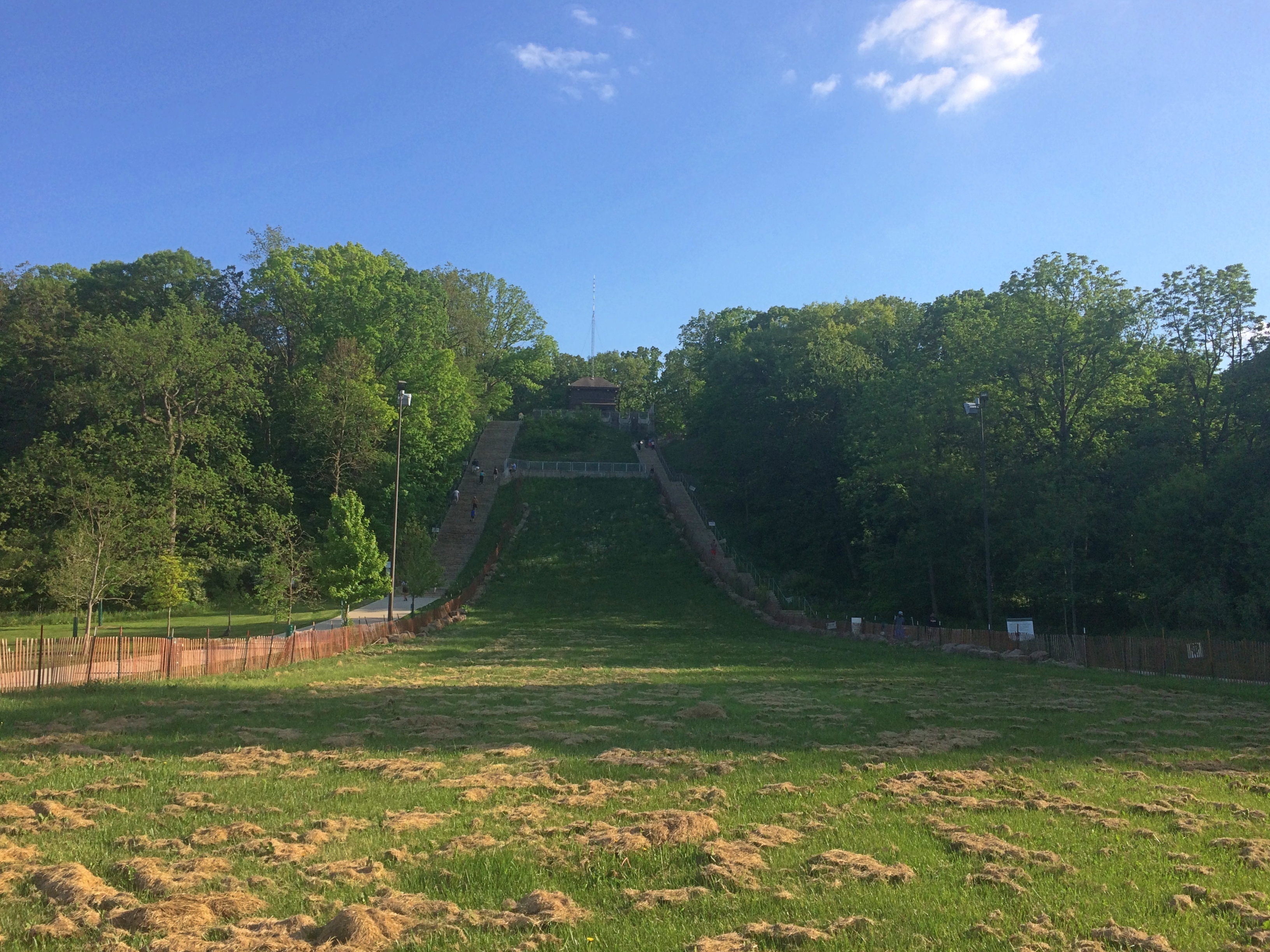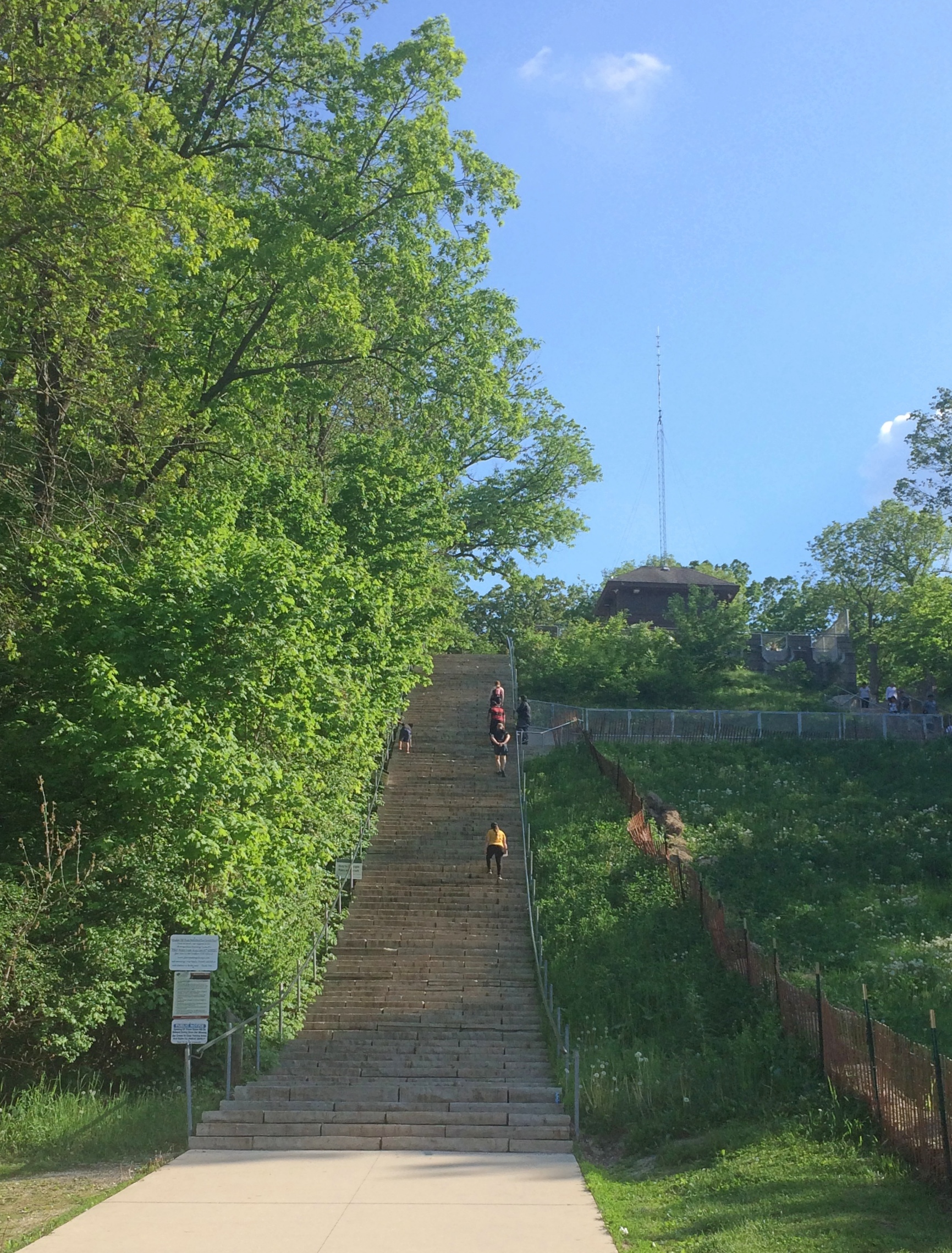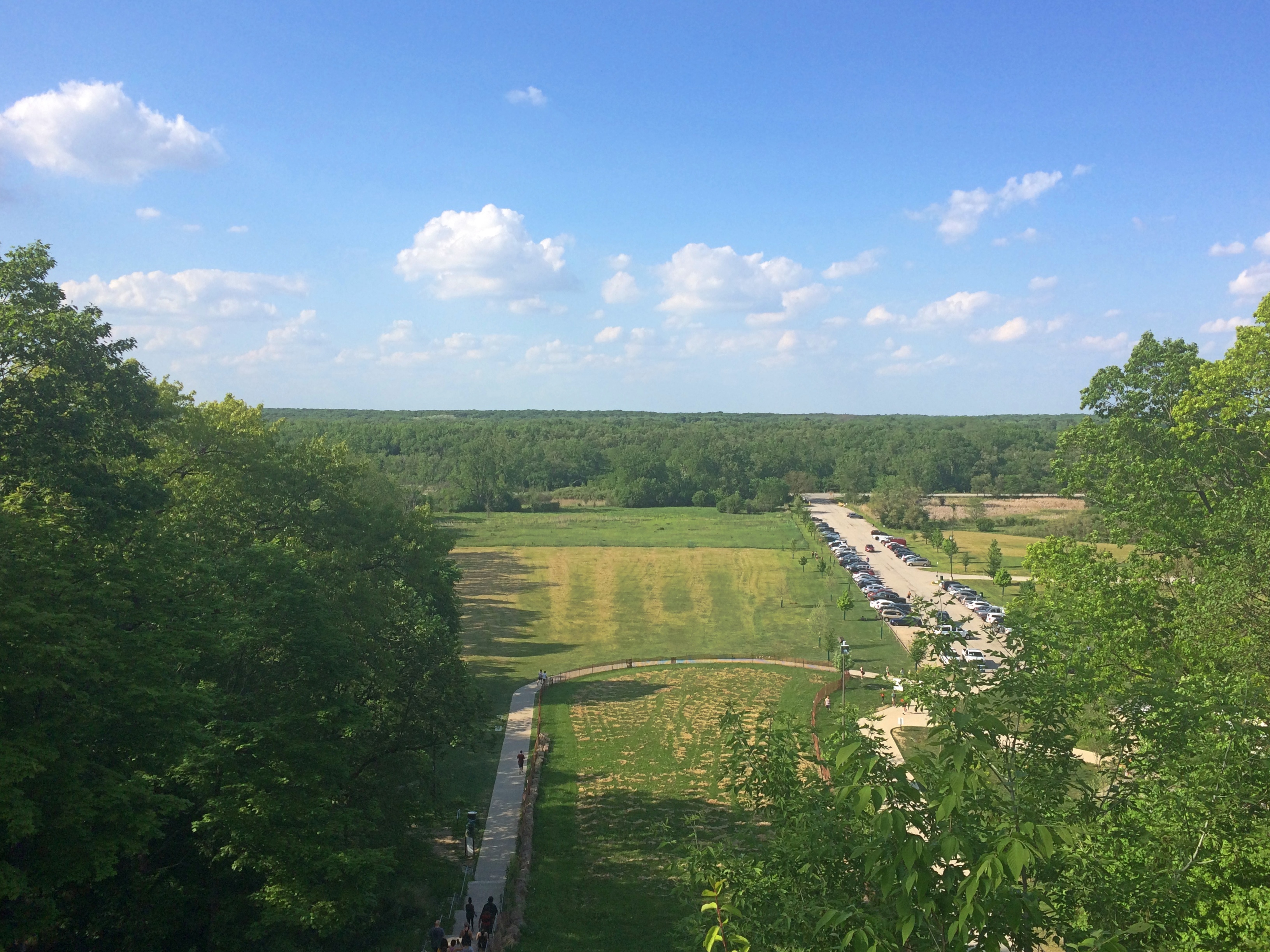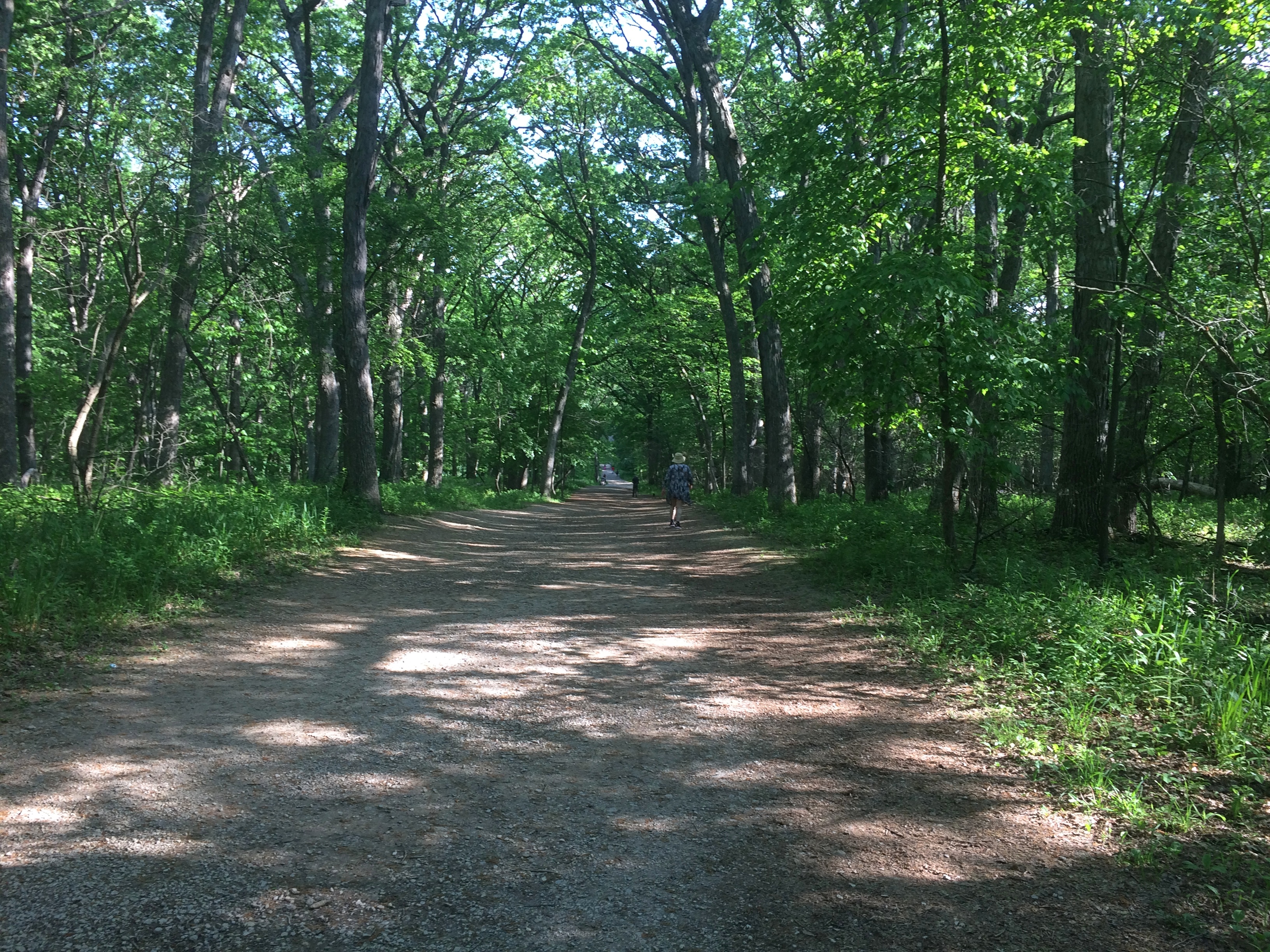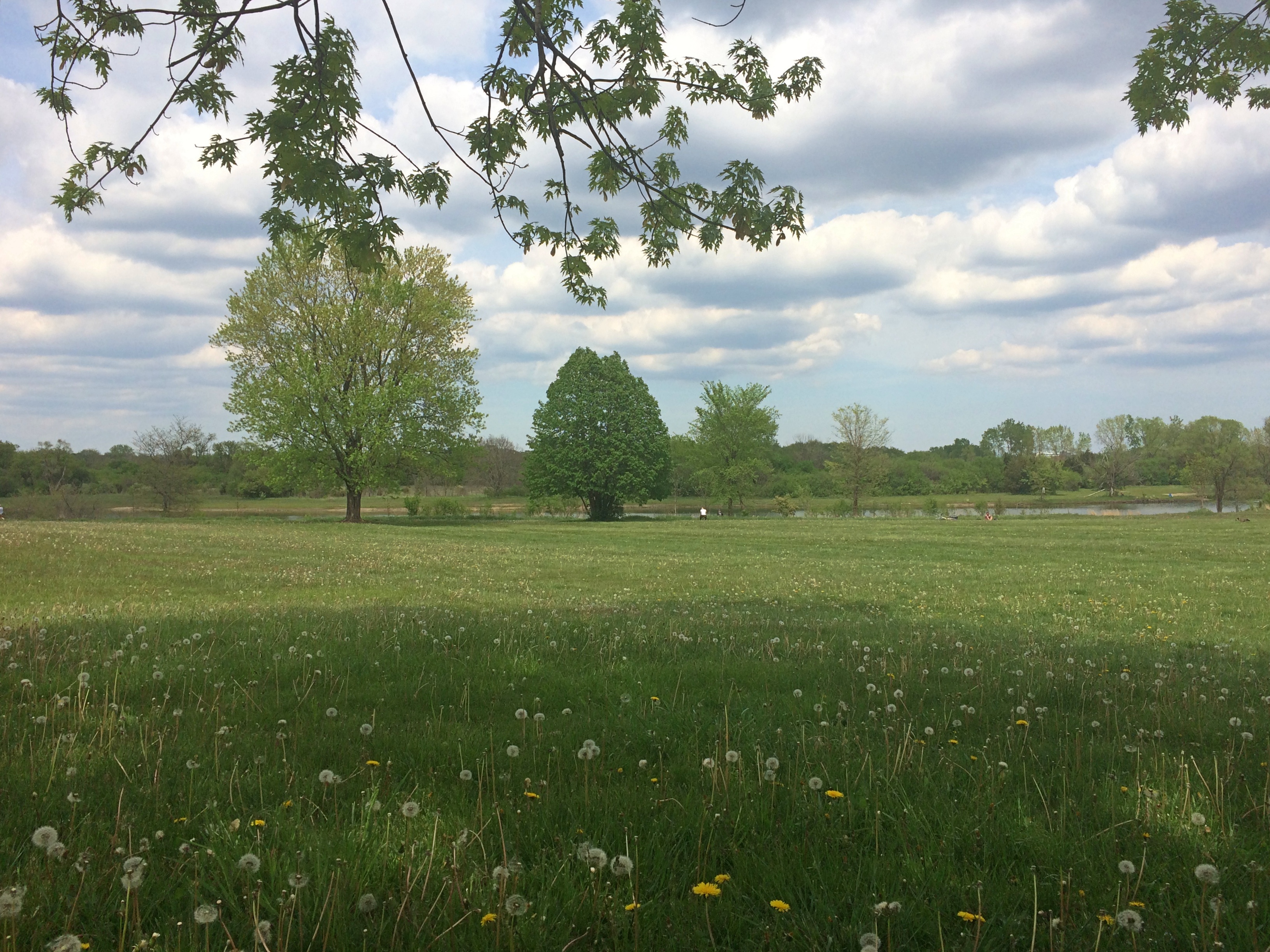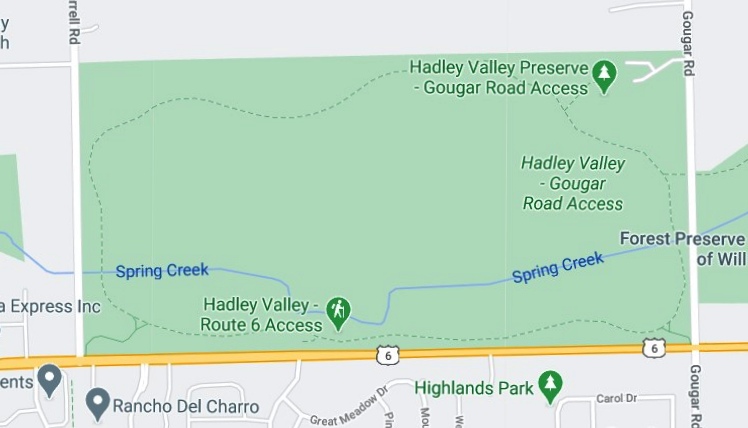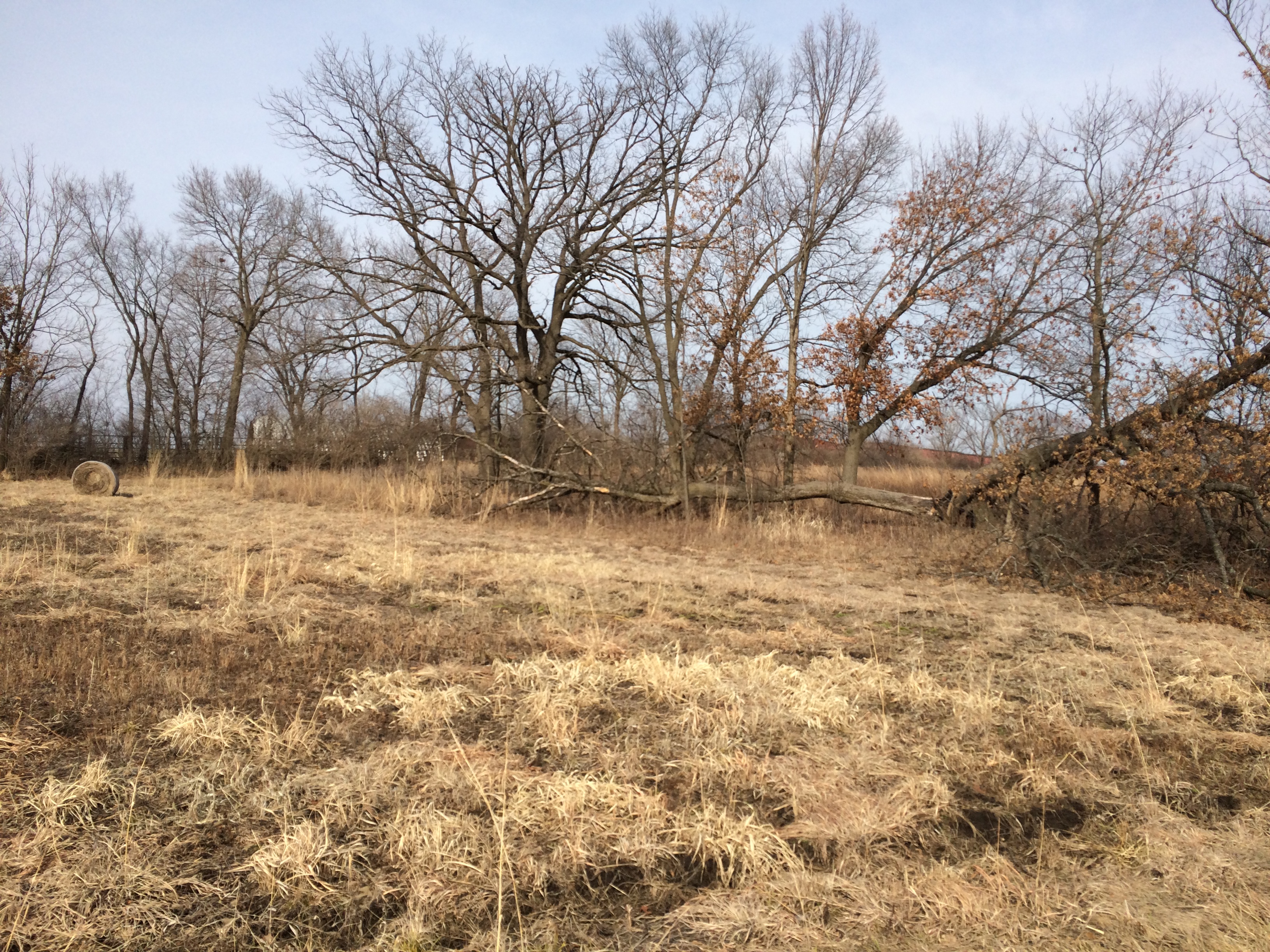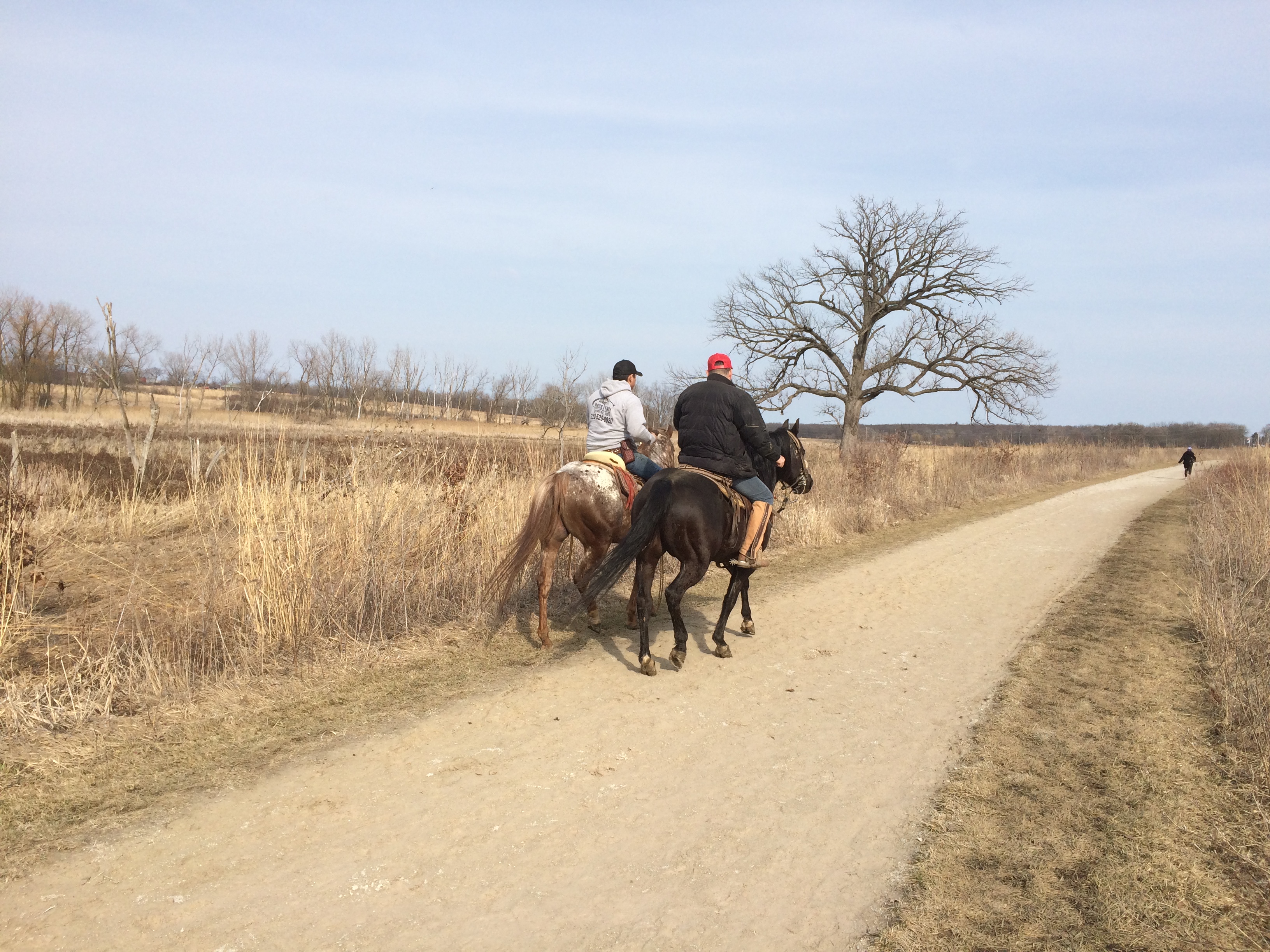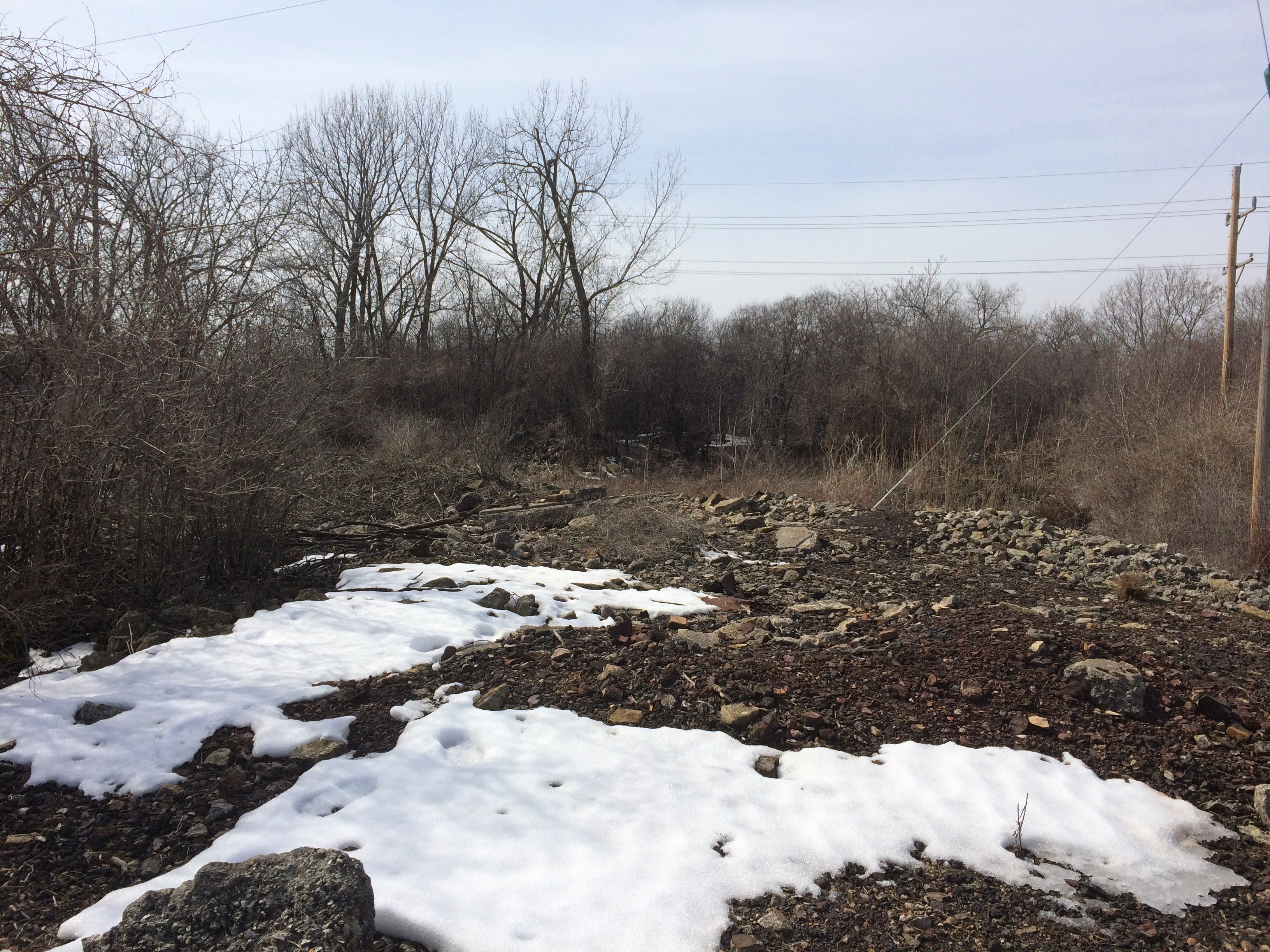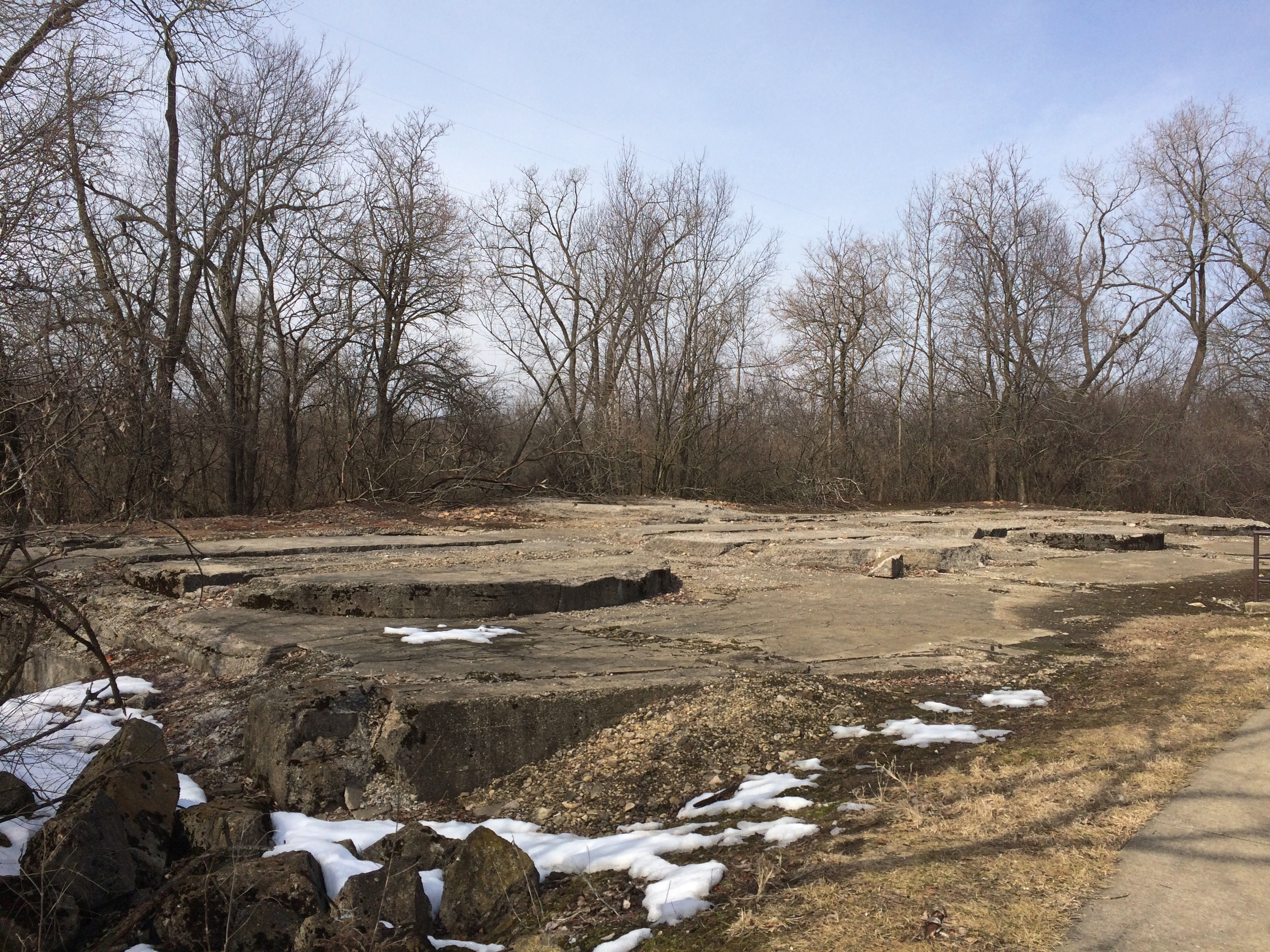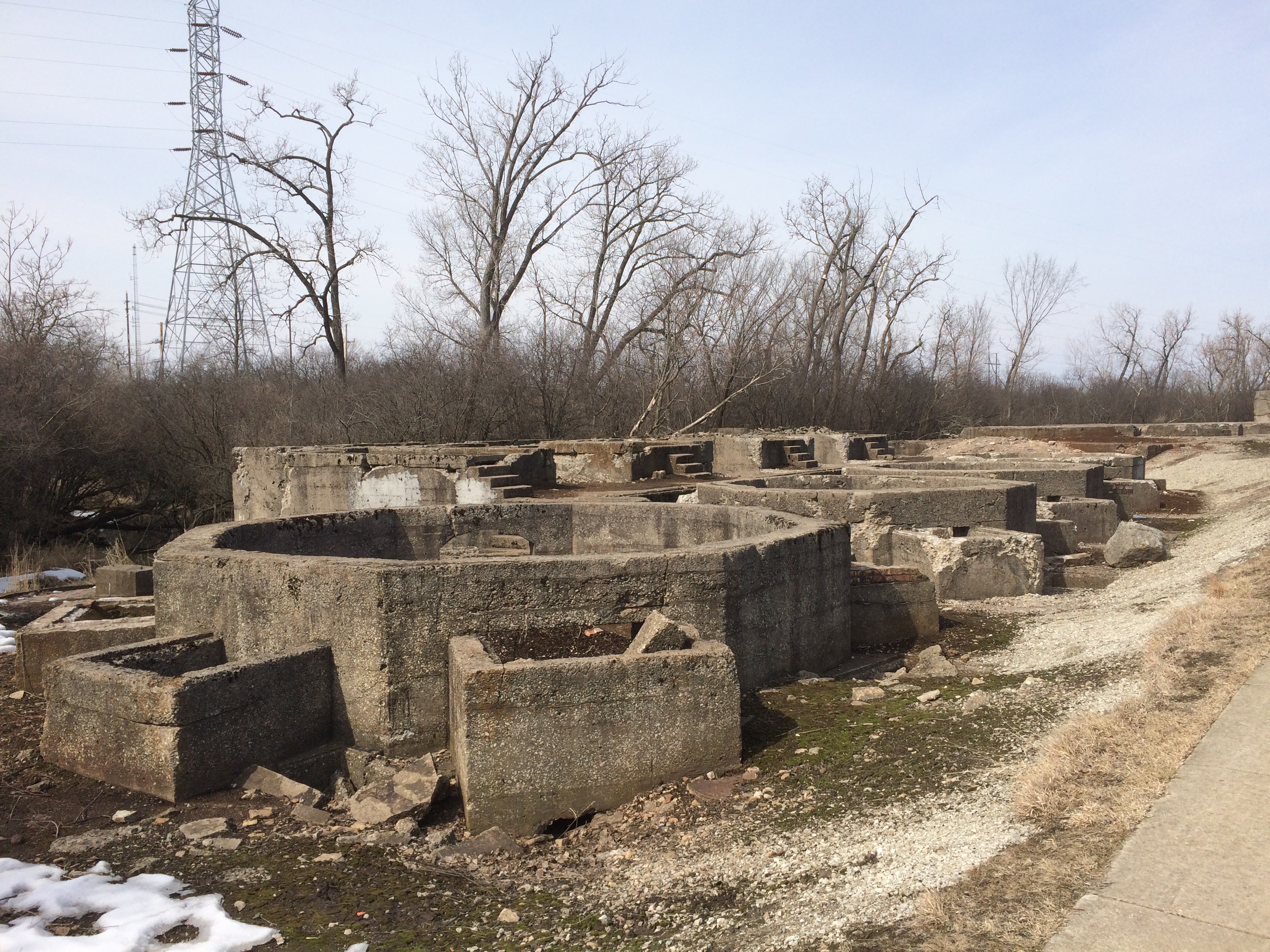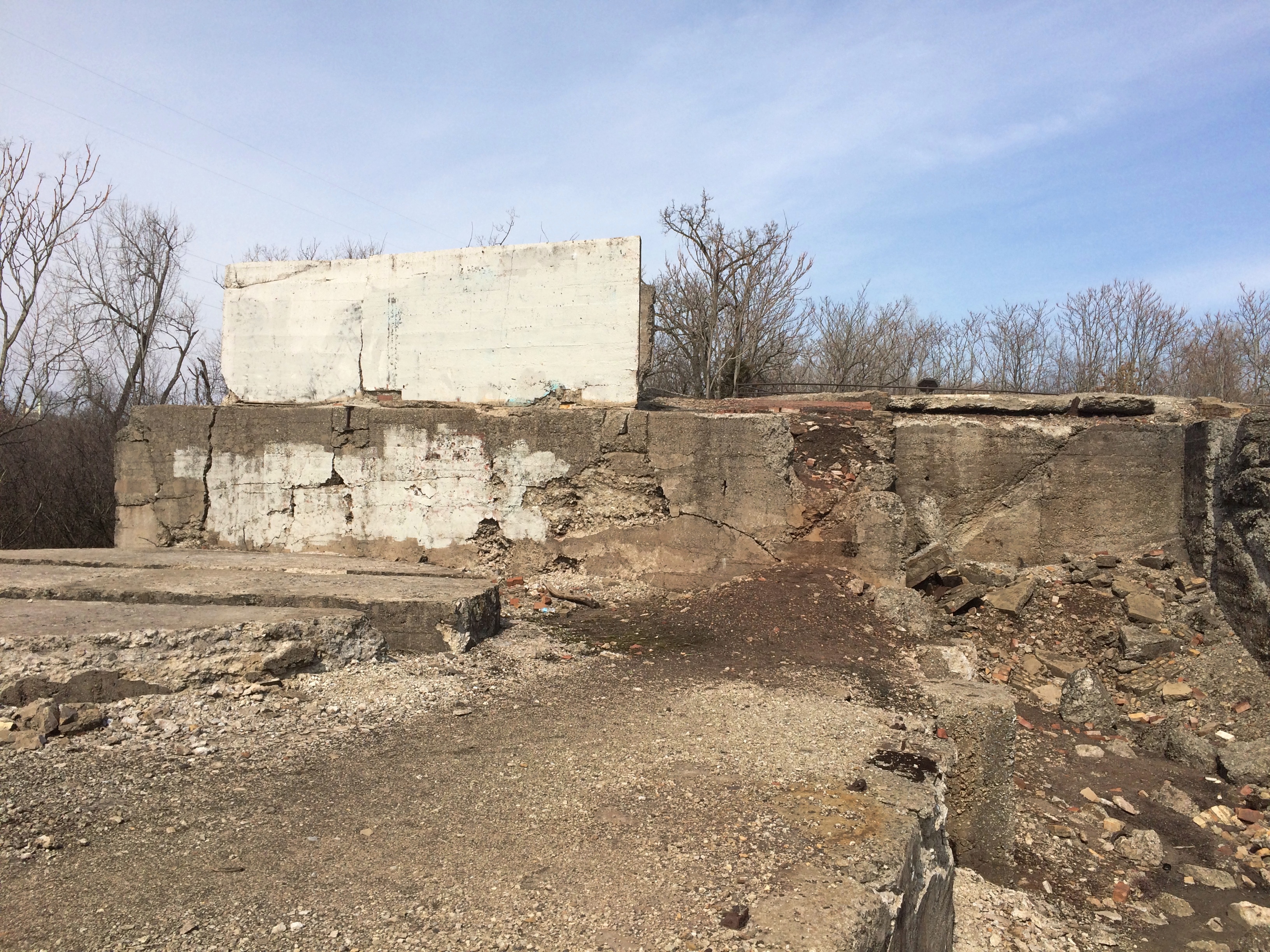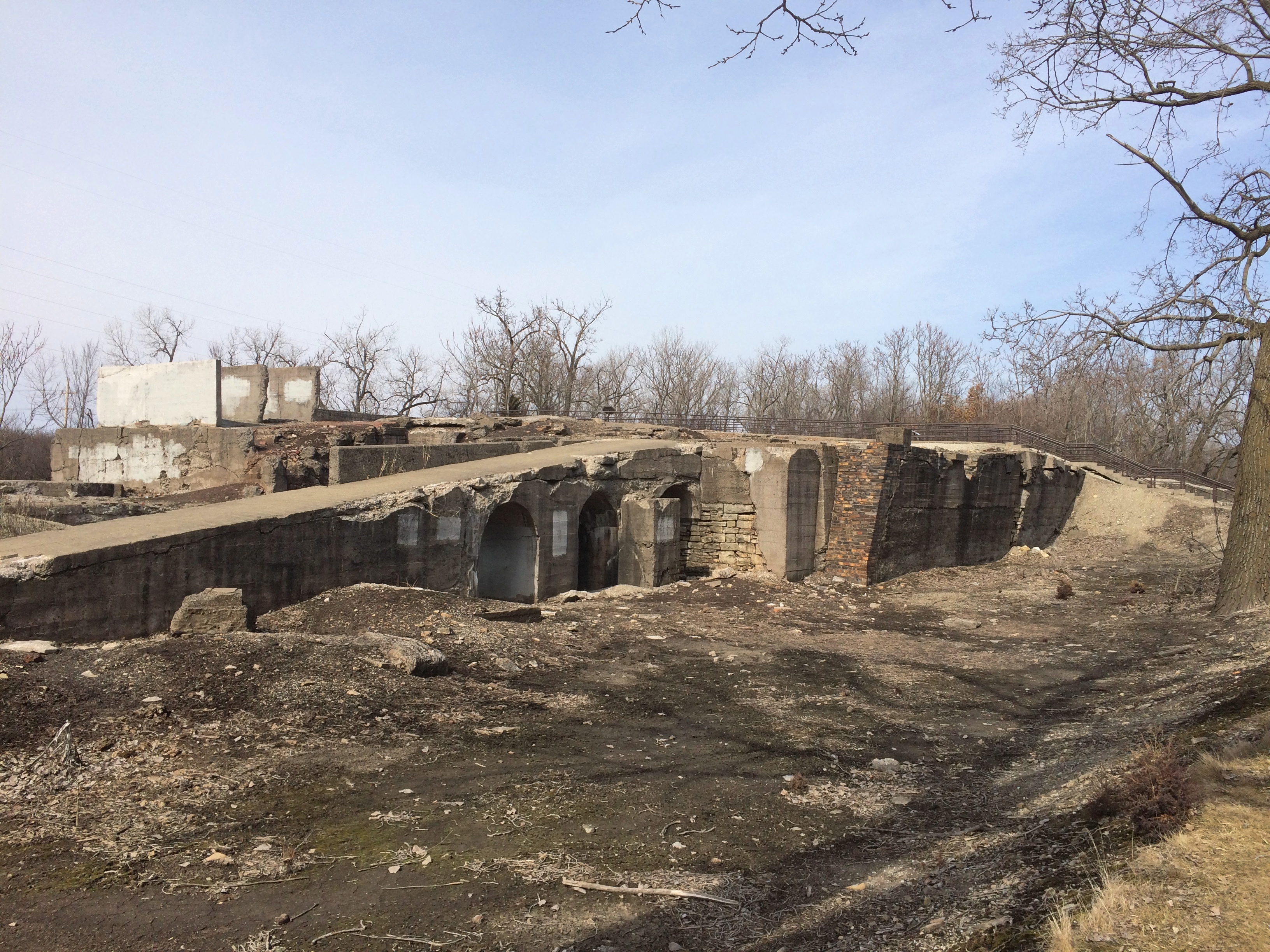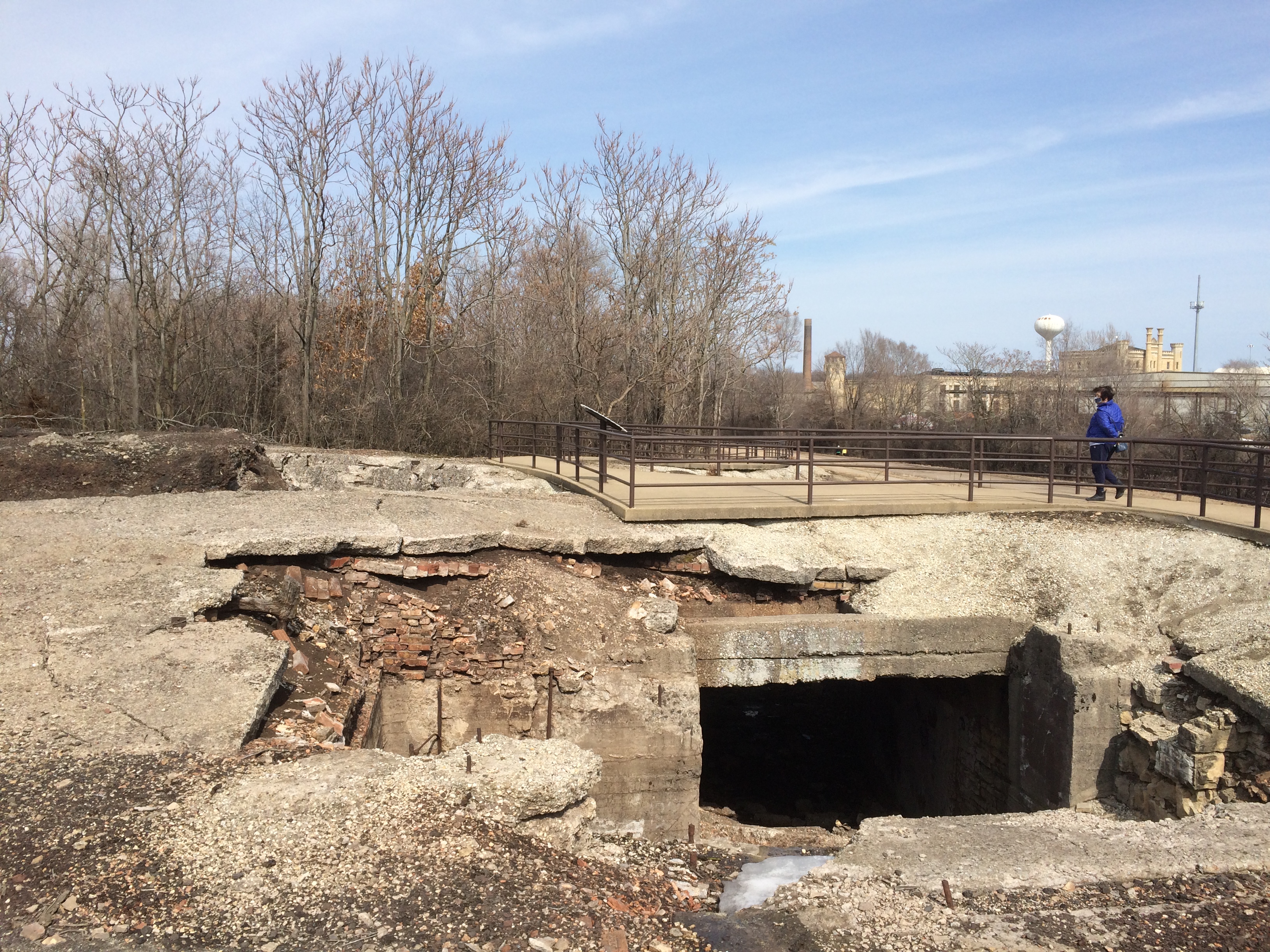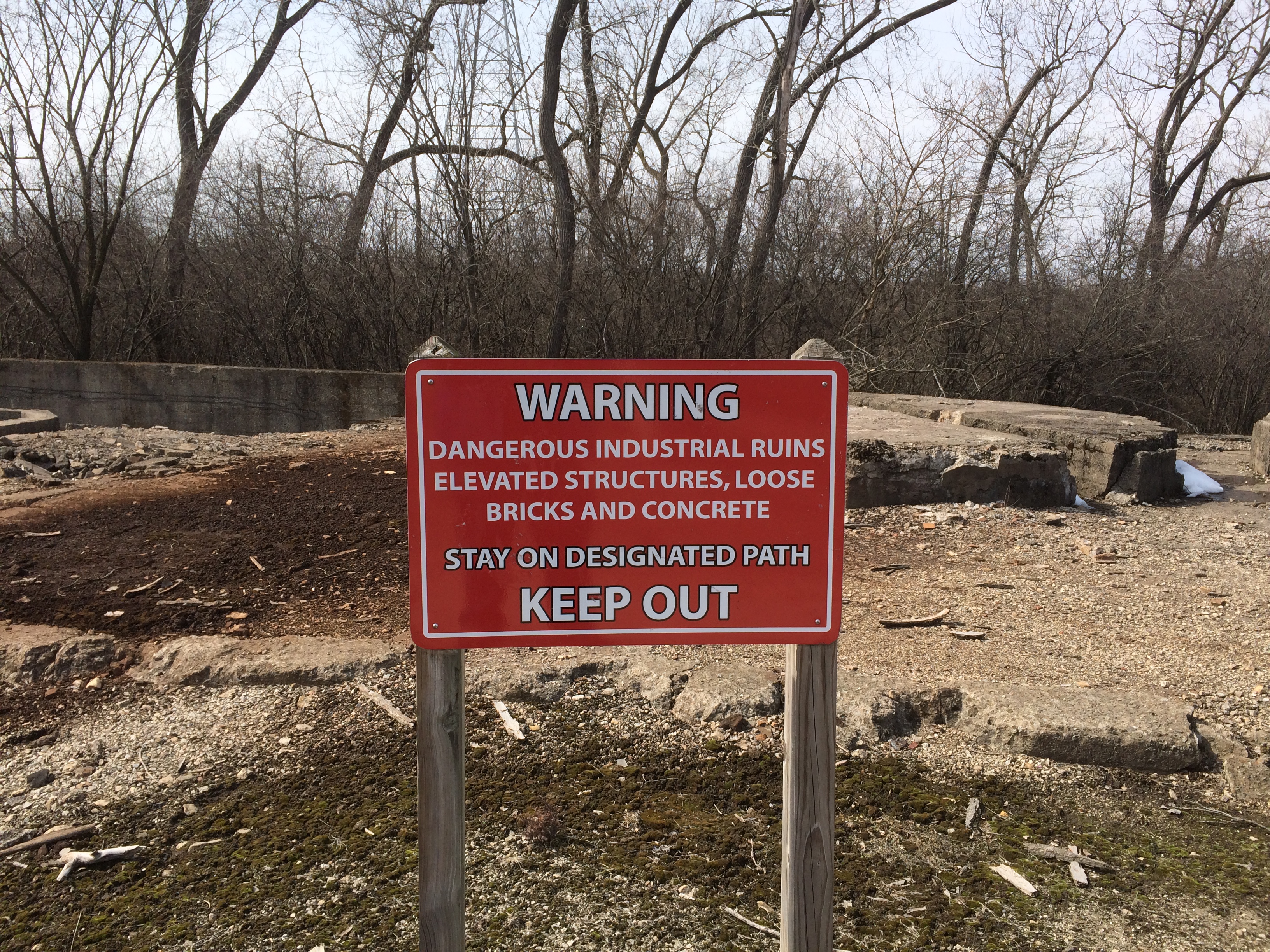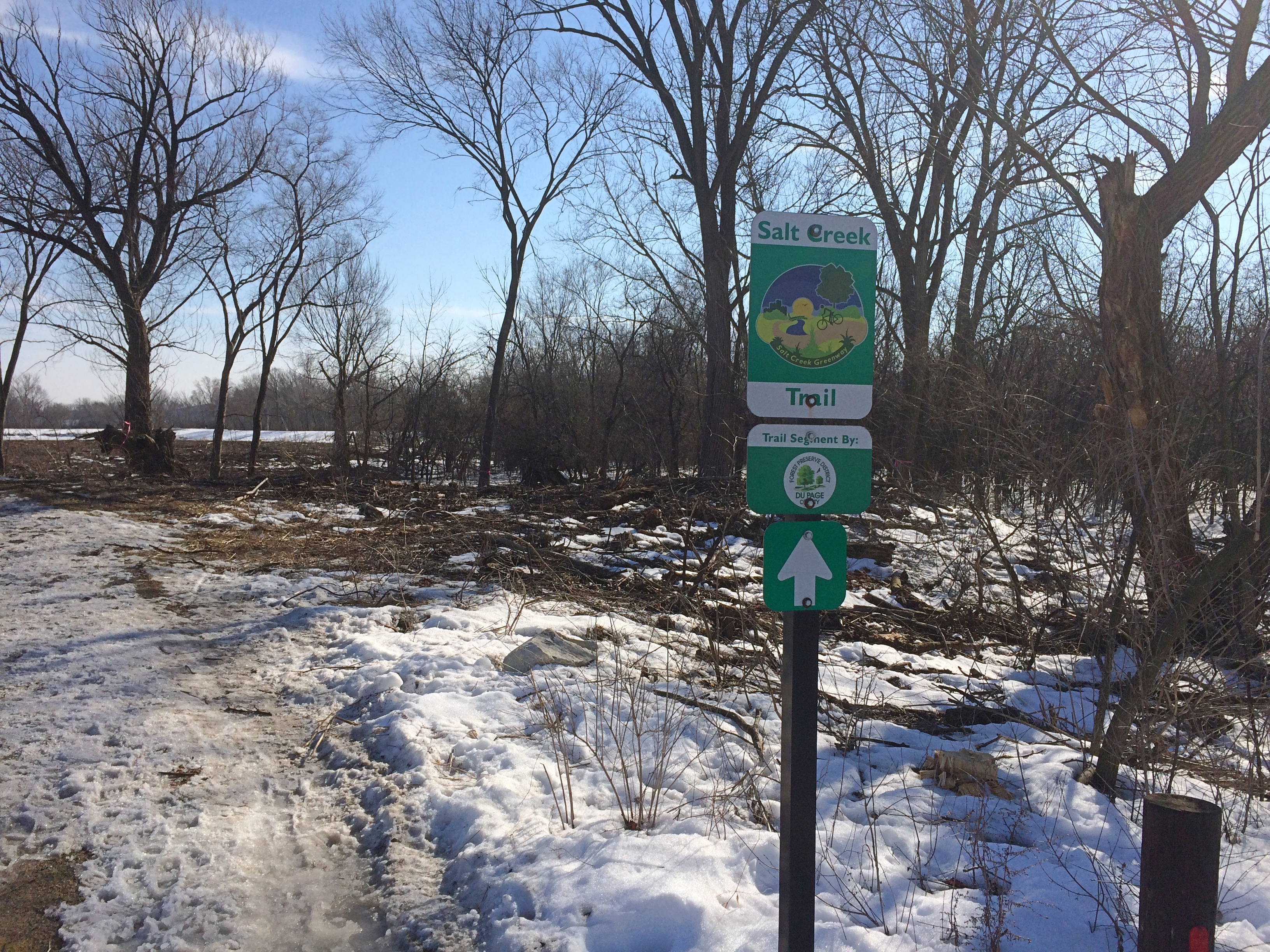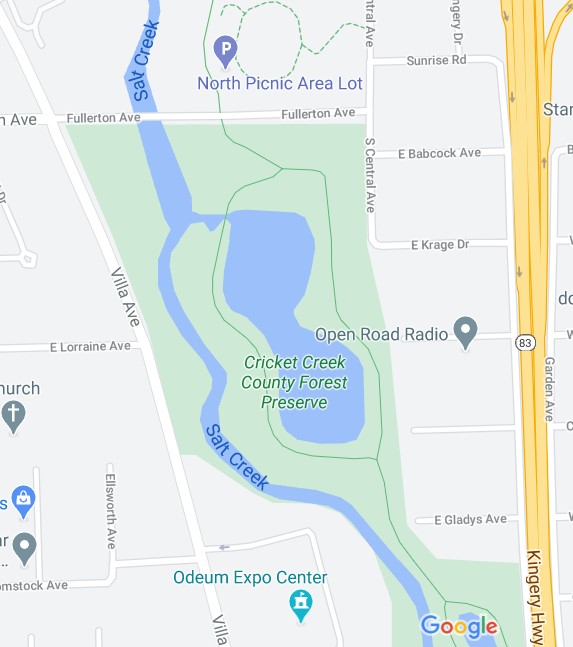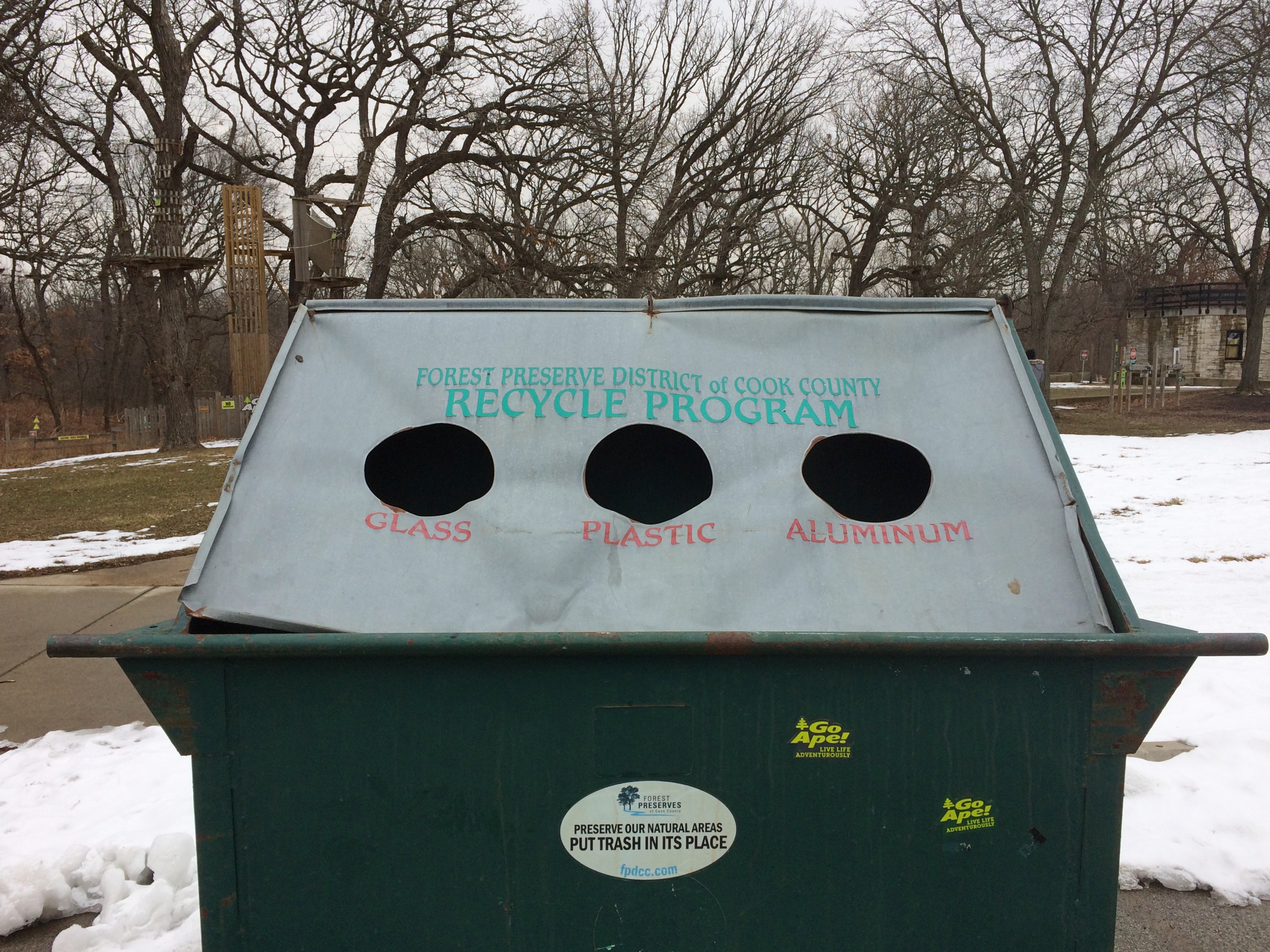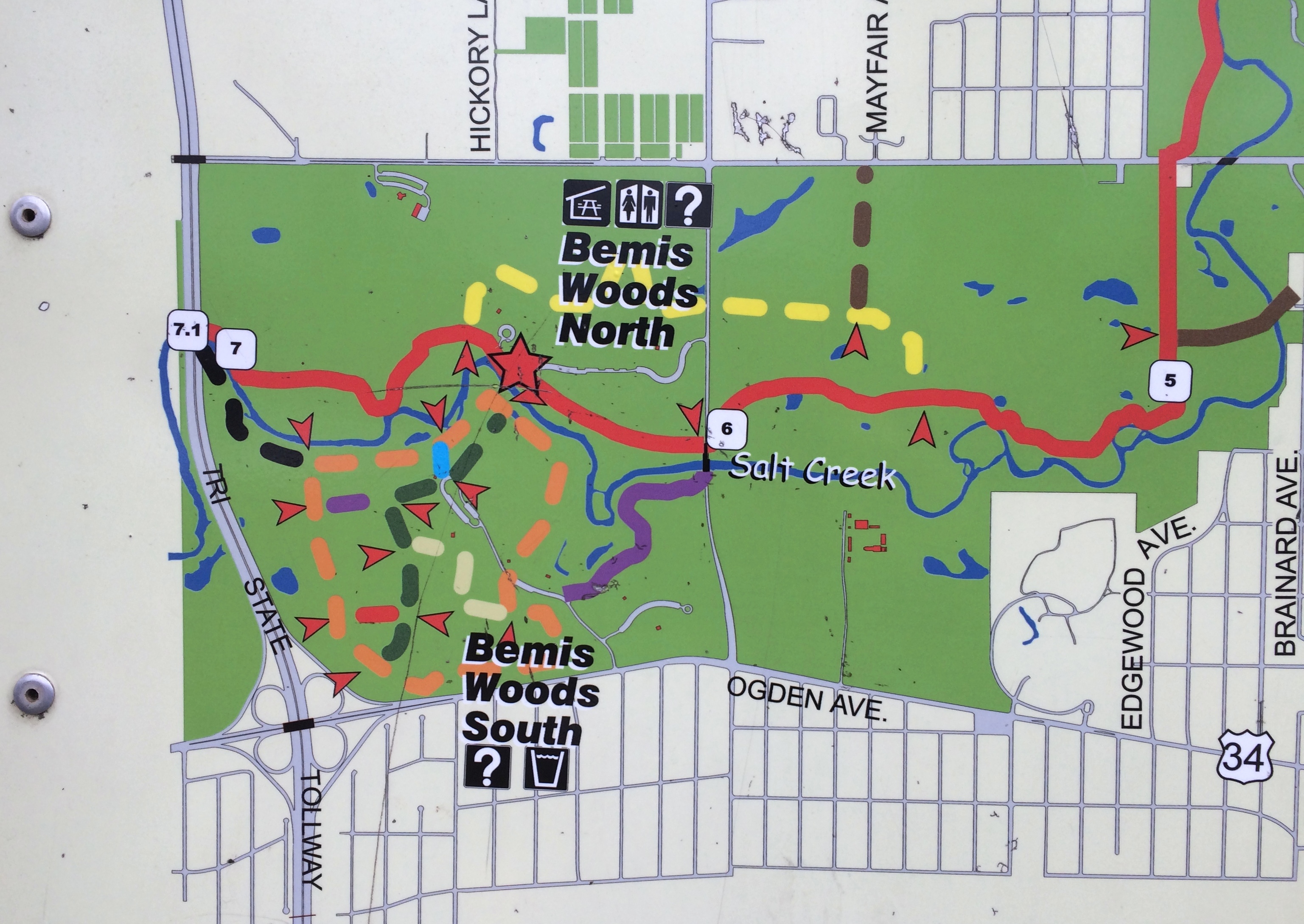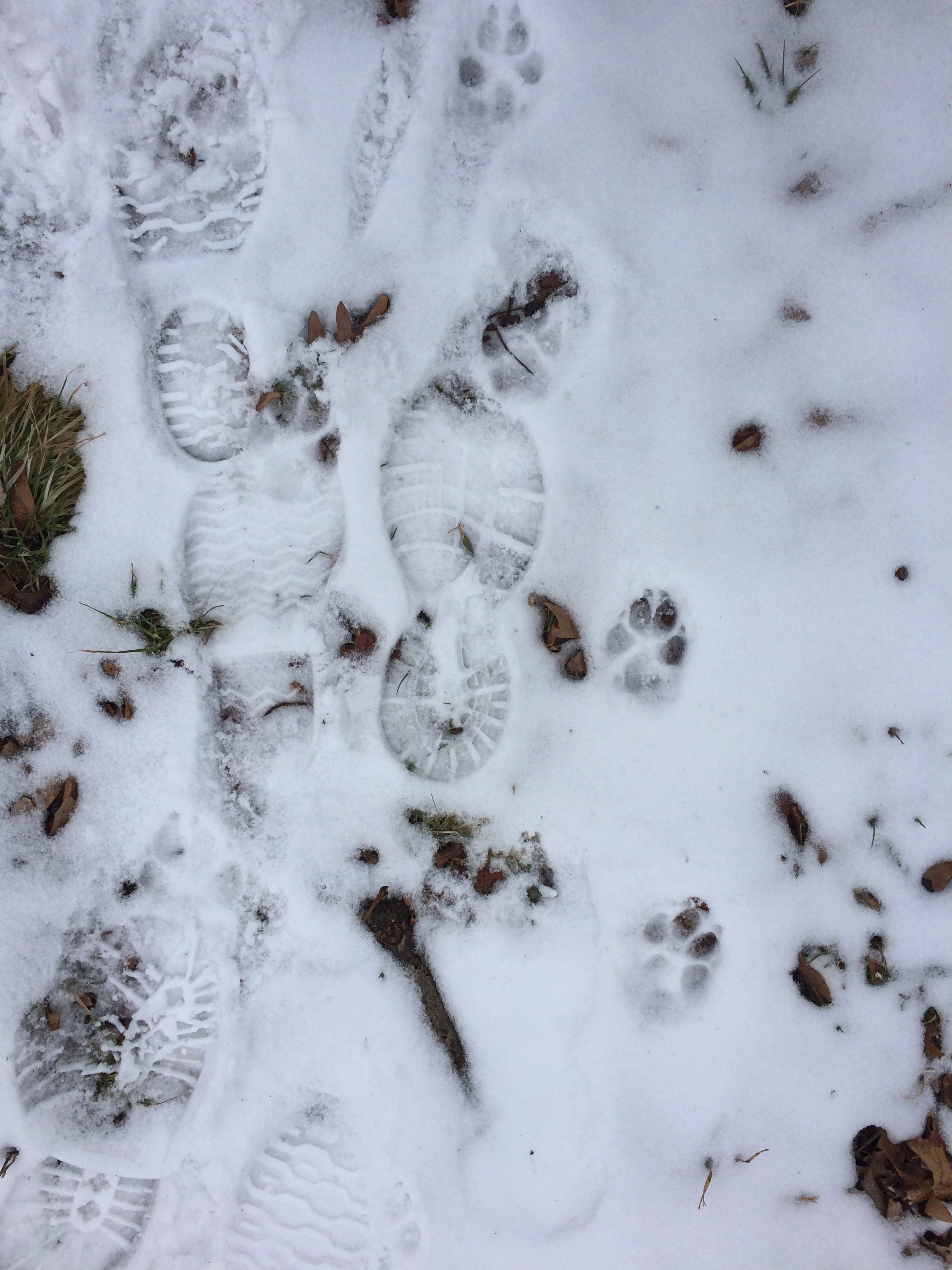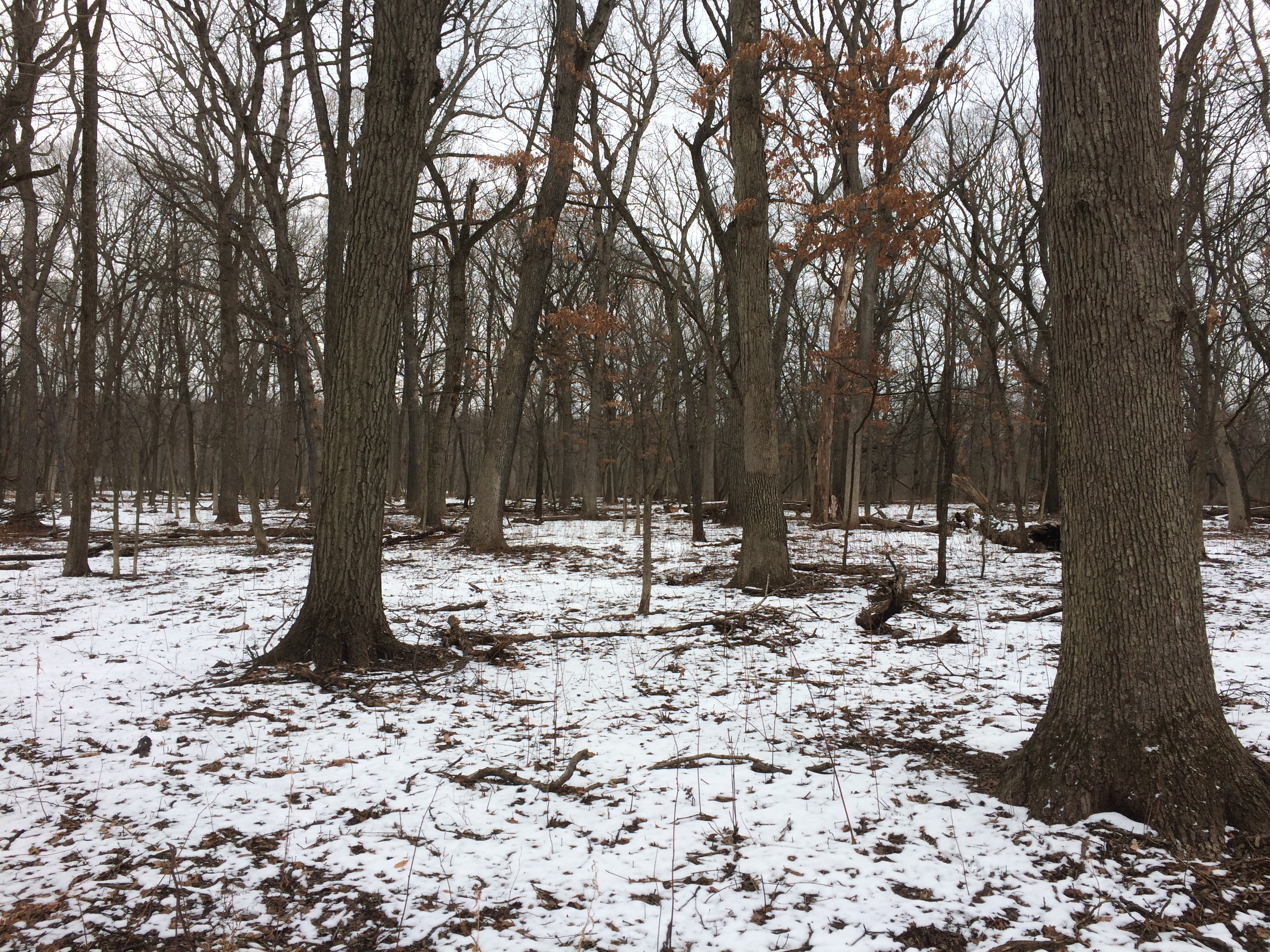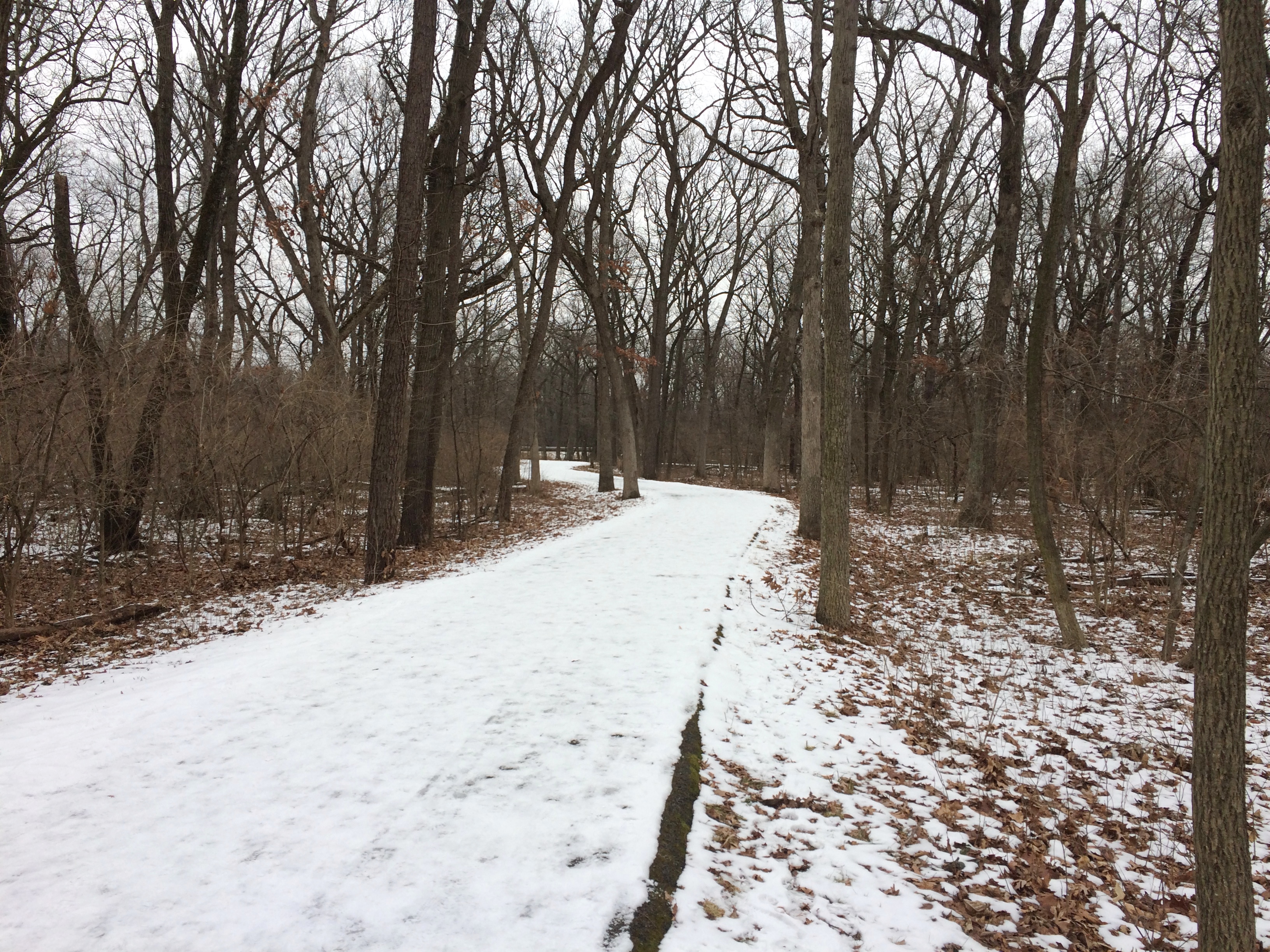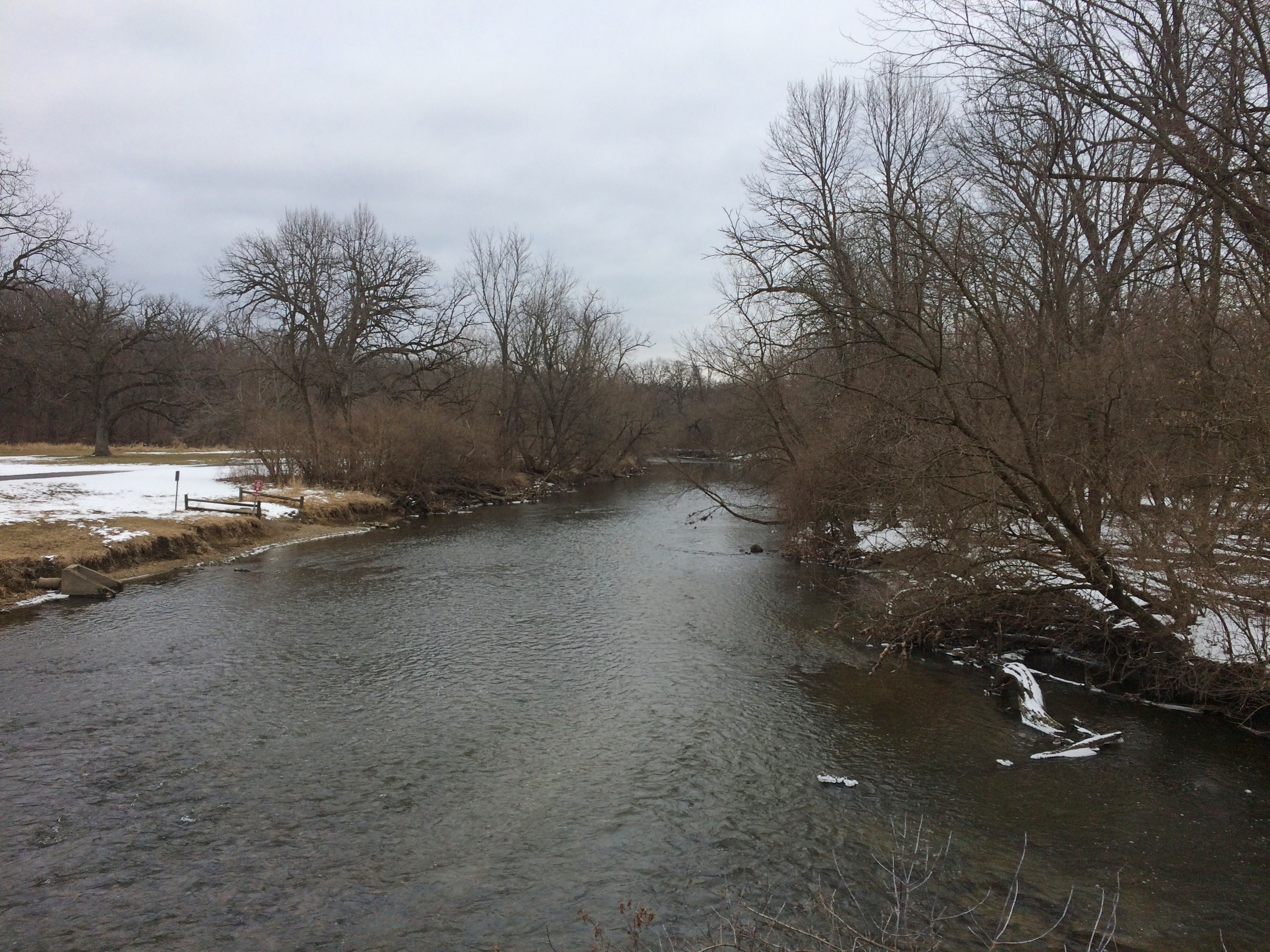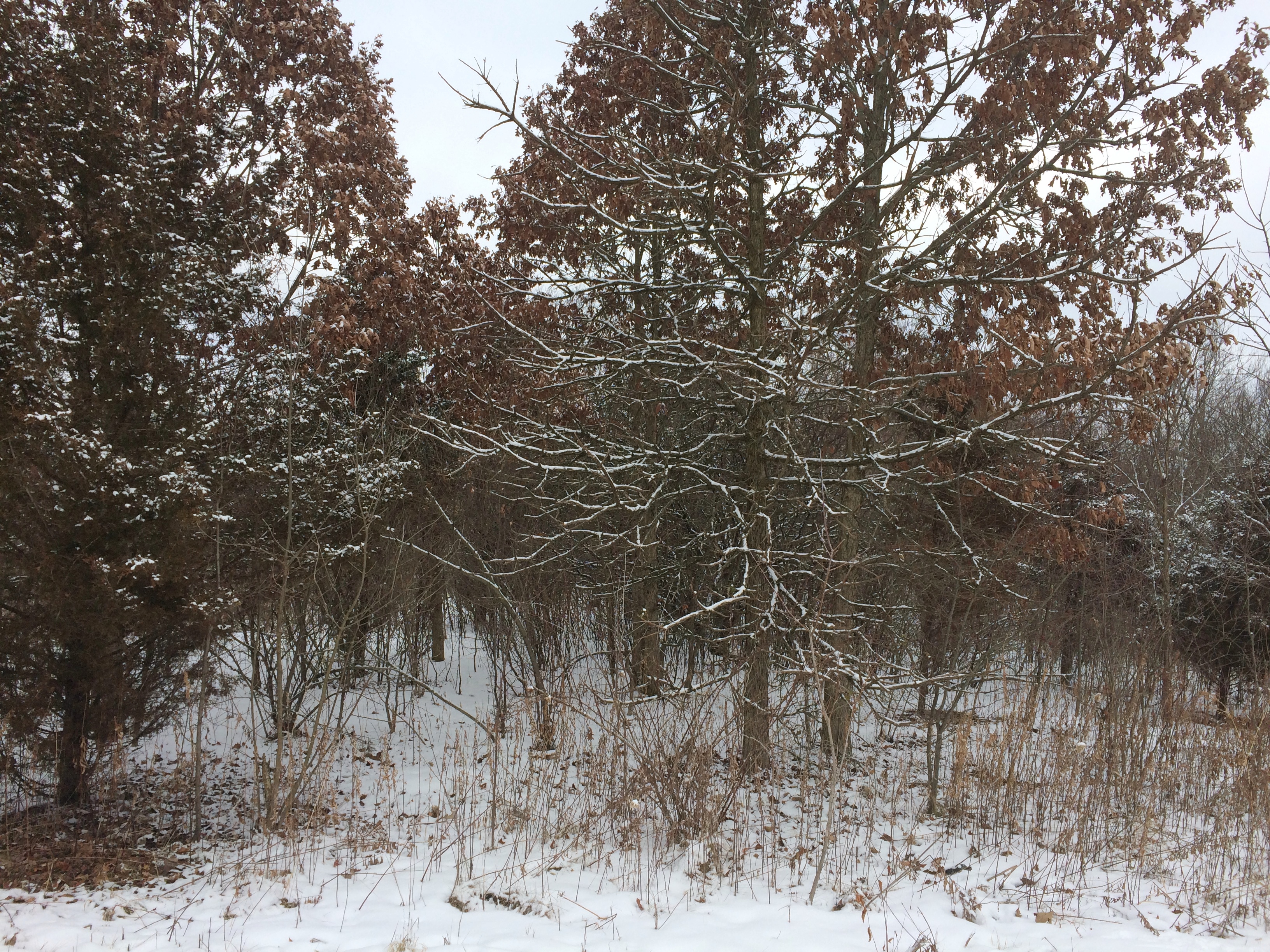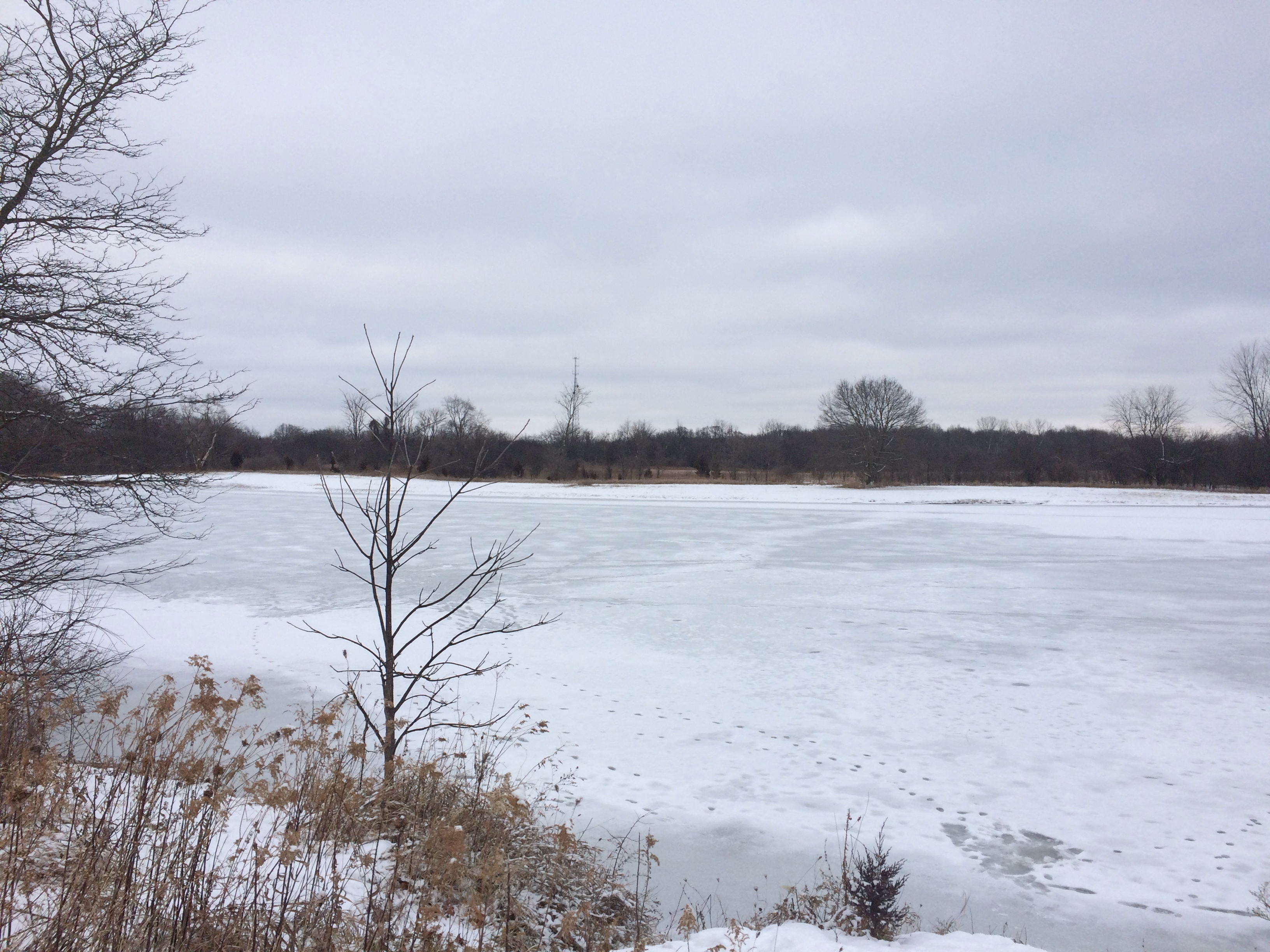At about 15,000 acres, the Palos Preserves form the largest concentration of land in the Forest Preserve District of Cook County. Names pour out from the map, if you bother to look: Willow Springs Woods, Paw Paw Woods Nature Preserve, Wolf Road Woods, Saganashkee Slough Woods, McMahon Woods, Spears Woods, White Oak Woods, Crooked Creek Woods, Cap Sauers Holding Nature Preserve, and Swallow Cliff Woods North.
The preserves include Camp Bullfrog Lake, Tomahawk Slough, Maple Lake, Longjohn Slough, Crawdad Slough, Joe’s Pond, Horsetail Lake, Laughing Squaw Sloughs, Camp Kiwanis Equestrian Staging Area, and the Little Red Schoolhouse Nature Center. About 50 miles of trails cross this arboreal kingdom in southwest Cook County.
Red Gate Woods is much like the other sections, but with a singular distinction. It includes the burial site of the world’s first nuclear reactor, the famed CP-1, which was originally at the University of Chicago but soon rebuilt at Red Gate as CP-2 since, you know, nuclear research in a densely populated urban area was understood to be a risky proposition even in the early 1940s.
I’d known about Red Gate for a while, but never gotten around to visiting the site. Pleasantly warm Saturday was the time to do so, I decided.
The entrance to Red Gate is on Archer Avenue very near St. James at Sag Bridge. A sign at the edge of the Red Gate parking lot describes how to get to the burial site, so off I went along an unpaved and still somewhat muddy trail. 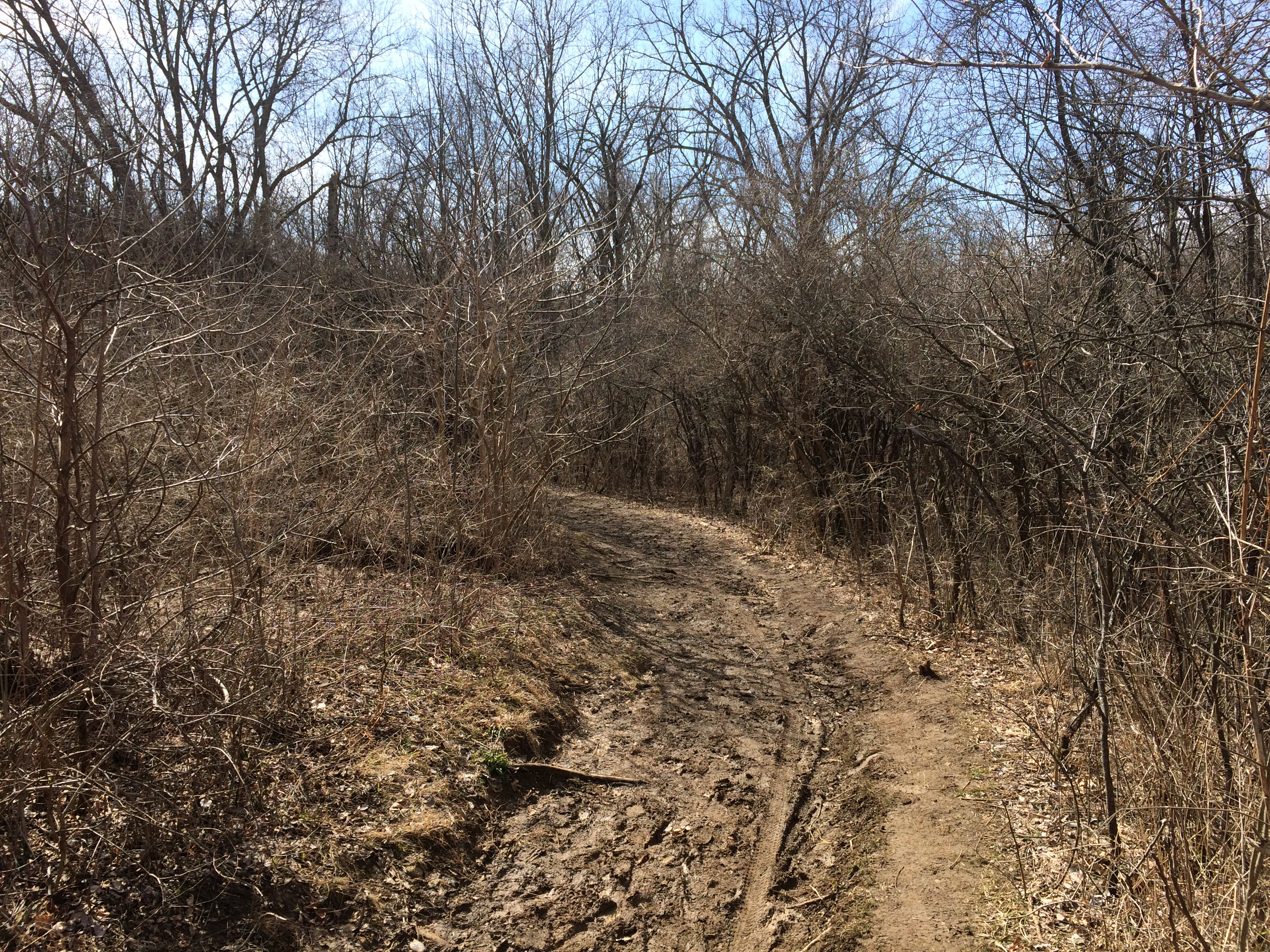 Soon that connects with a paved trail, which made the going easier.
Soon that connects with a paved trail, which made the going easier.
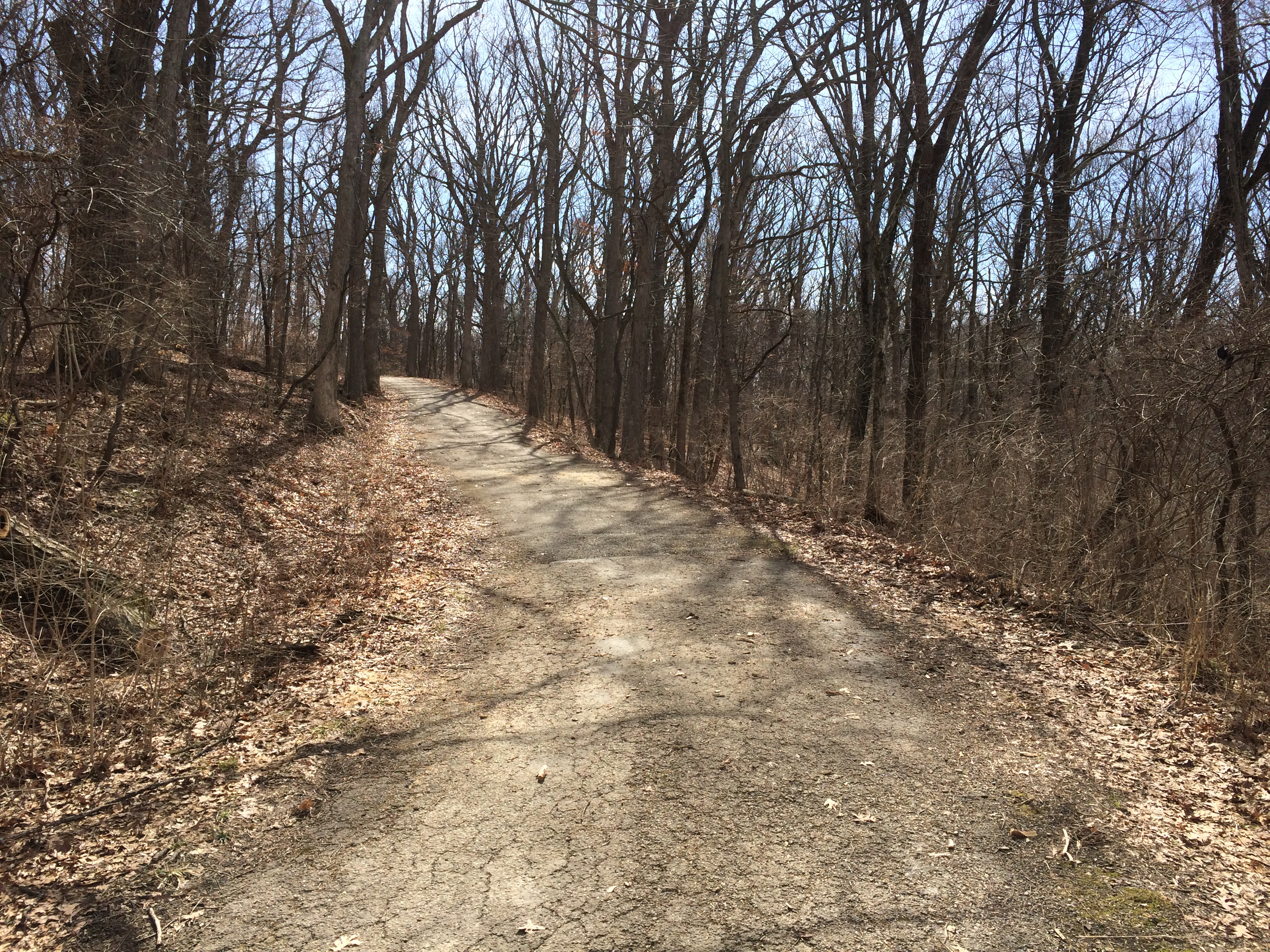
The hills weren’t that steep, but there were slopes along the way.
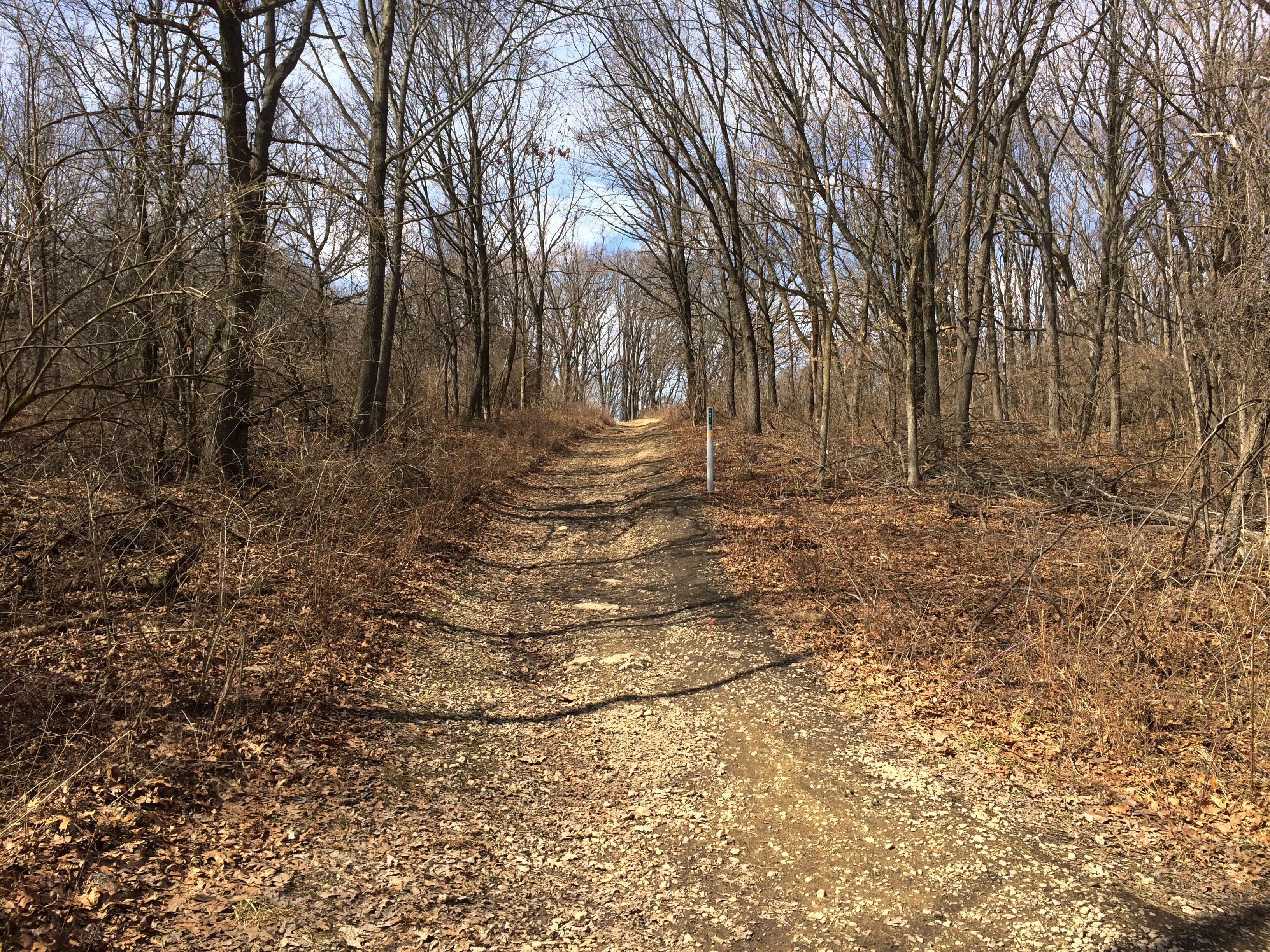
I almost missed the site. It’s actually on a spur off the main trail, out in an open field. It is the open field.

The stone includes some informal editing. Do I believe the area is dangerous? No, I do not. Not to someone who spends five minutes there.
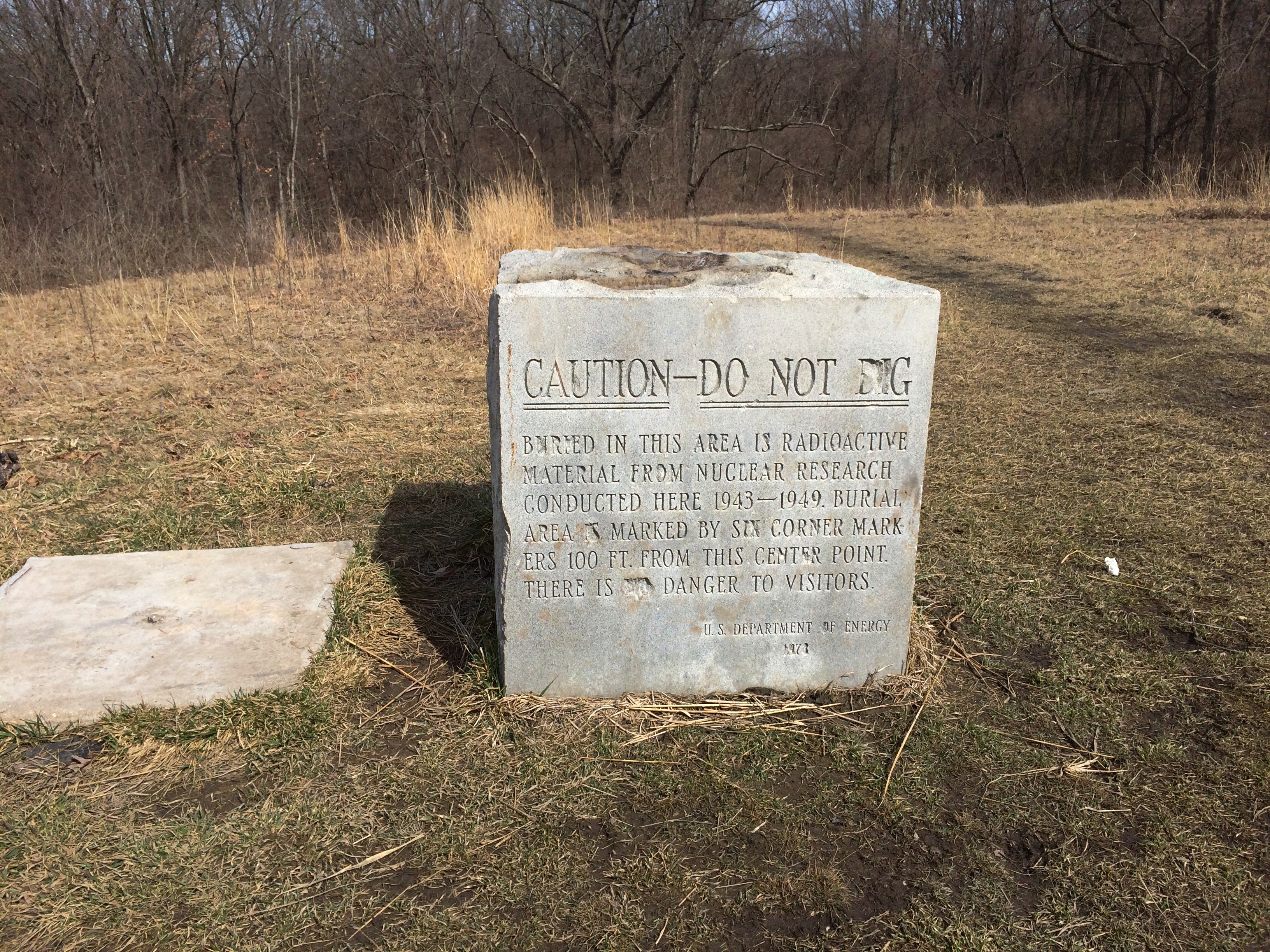
The burial area, the stone says, is marked by six corner markers 100 feet from the stone (presumably, in six directions). So I went looking for one of the markers. It wasn’t hard to find. I spotted most of the rest of them as well.

Saw this as well. A well.
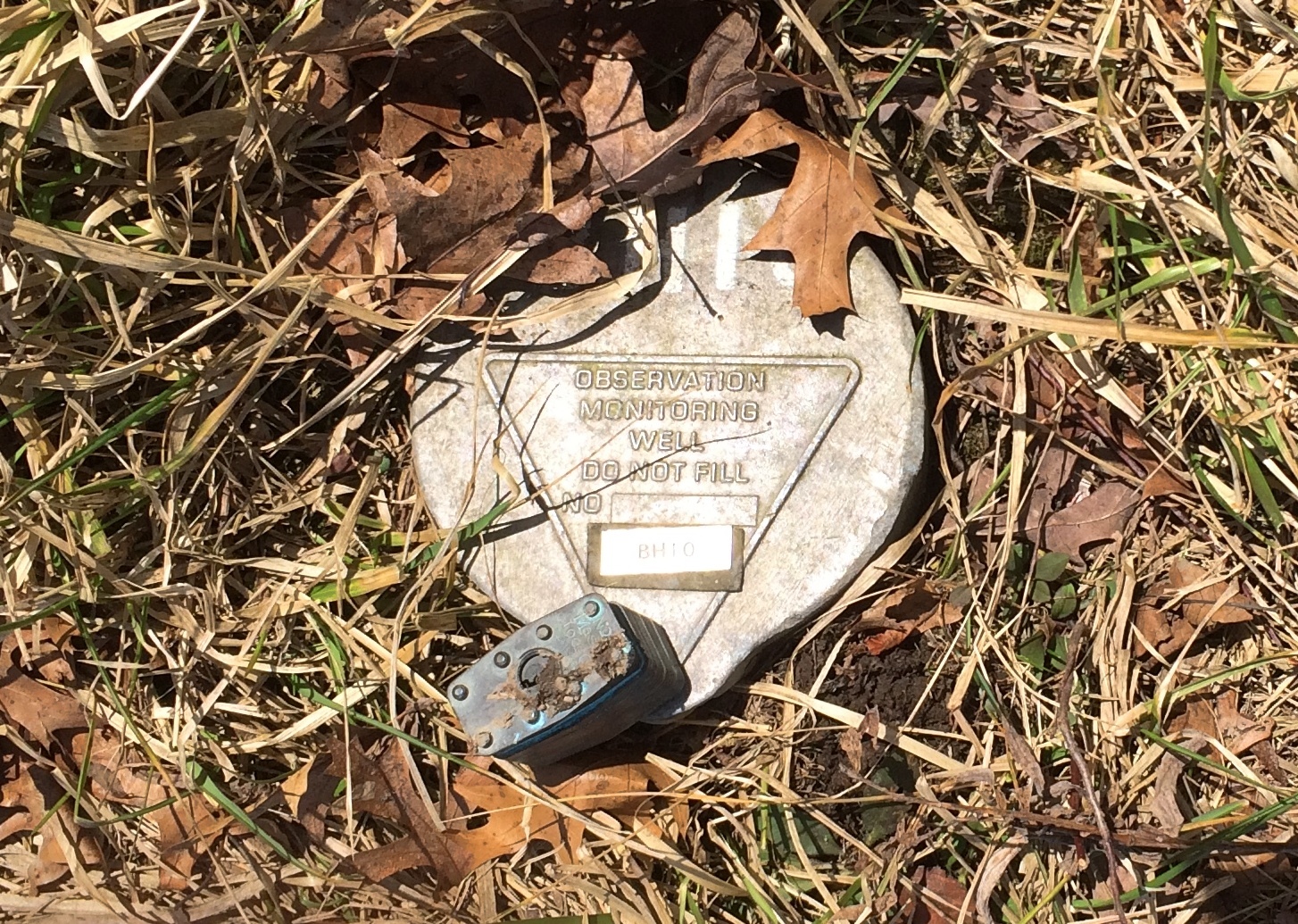
Maybe it is dangerous to dig there, but I couldn’t say for how long. Another century? A thousand years? More? Does Red Gate need a long-time nuclear waste warning? I’m not smart enough to know, but it would be interesting if the forest preserve district installed one.
And turn a few special cats loose in the area. Eh? Mental Floss mentions a plan — who knows how serious — to warn distant posterity of radioactive hazards using specially bred cats.
“But the strangest suggestion by far came from two German linguists. They argued that governments around the world should breed cats that turn colors when exposed to radiation. These so-called ‘ray cats’ could then be immortalized in song and legend, so that even after the scientific knowledge of radiation had been lost to the sands of time, folklore would tell of their supernatural power to change their fur in the presence of extreme danger.”
In song and legend. Someone has already written the song.


